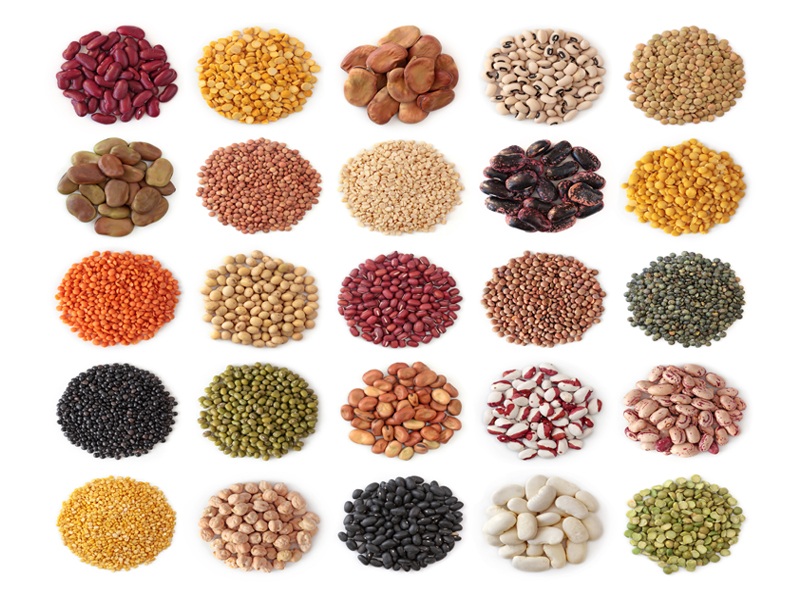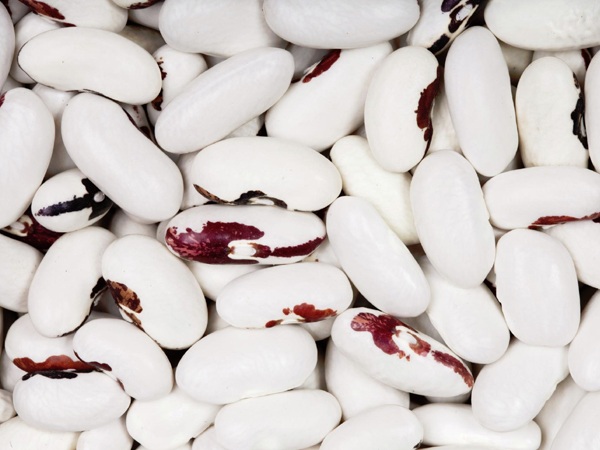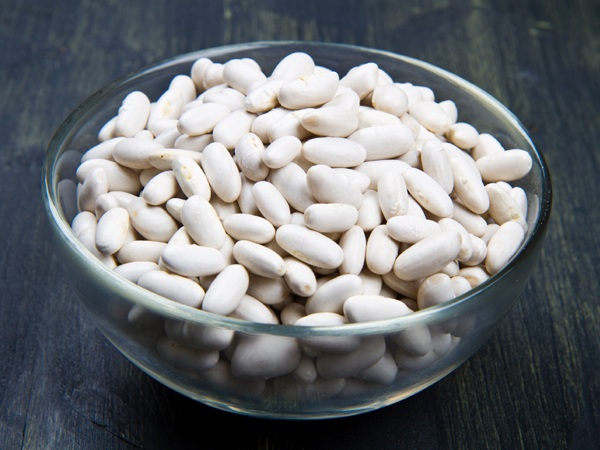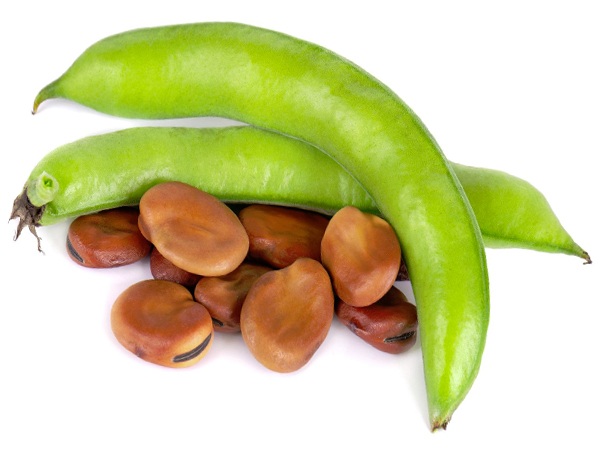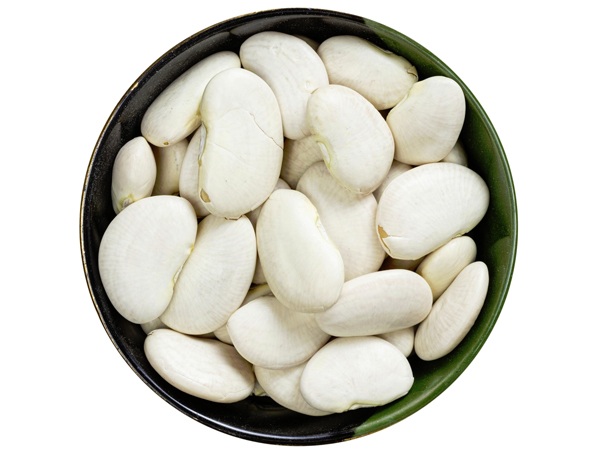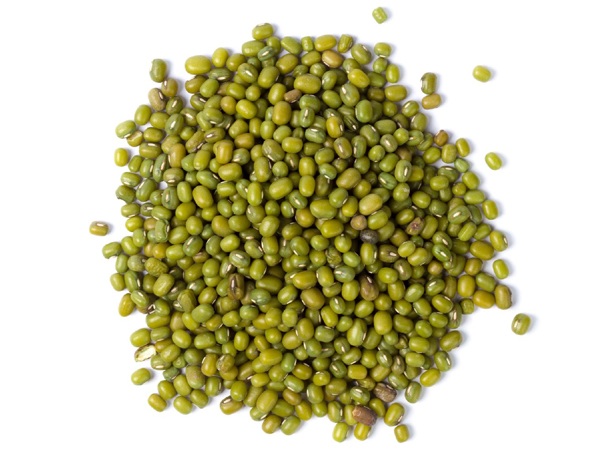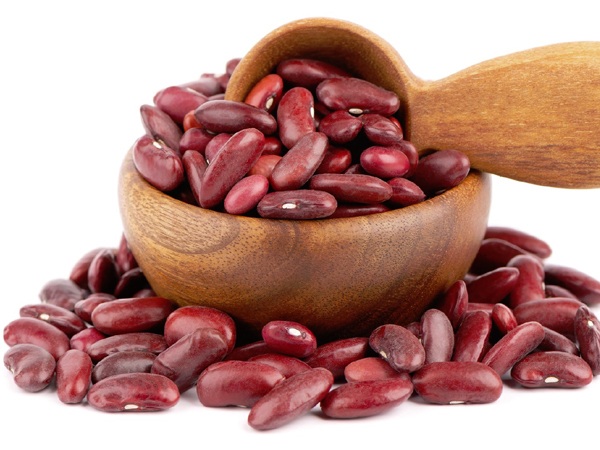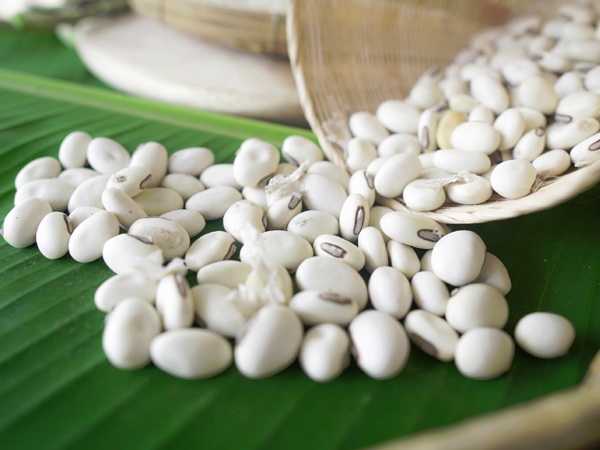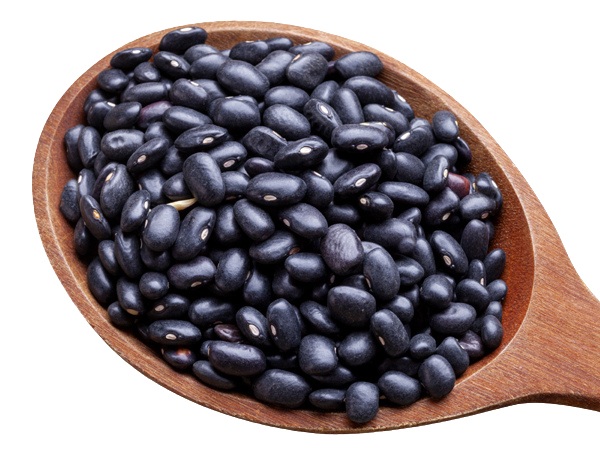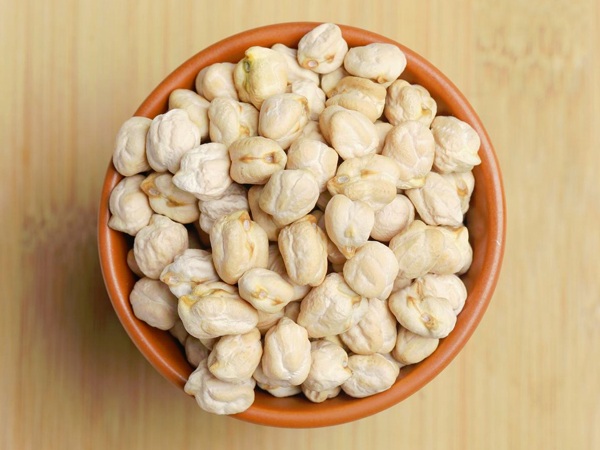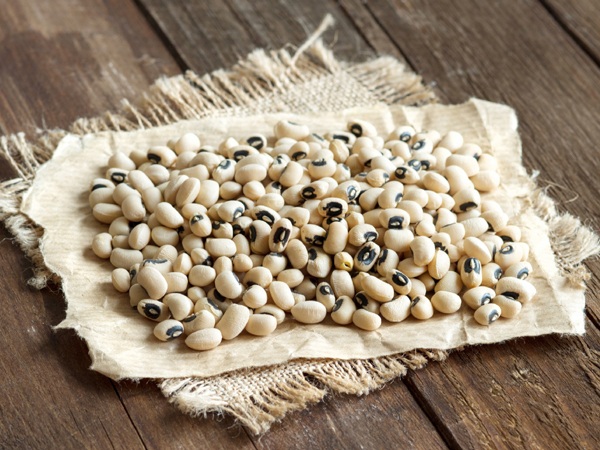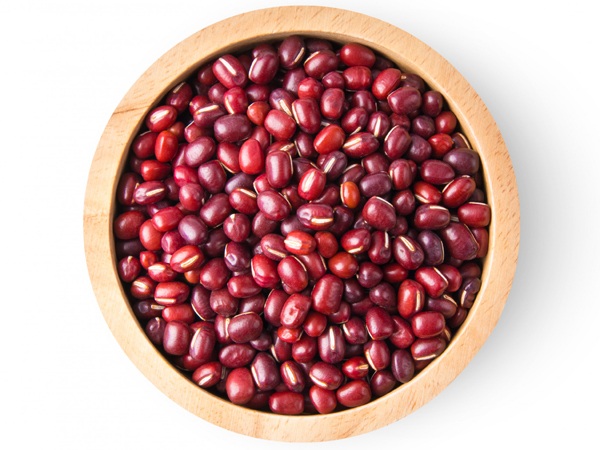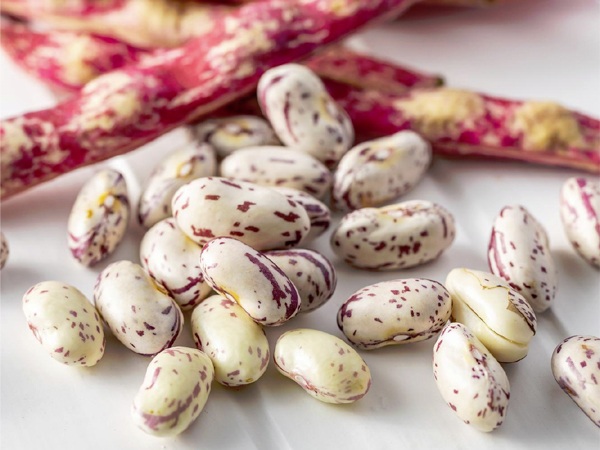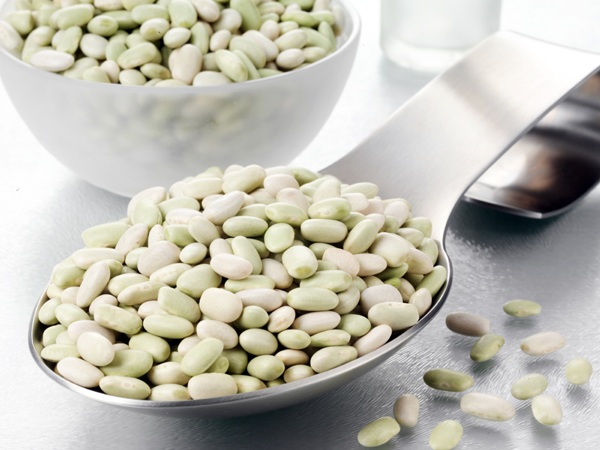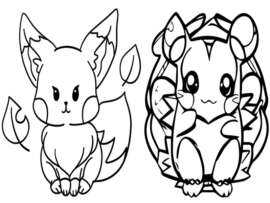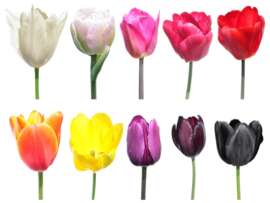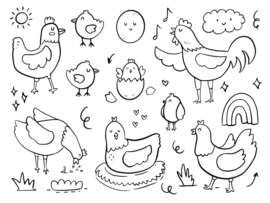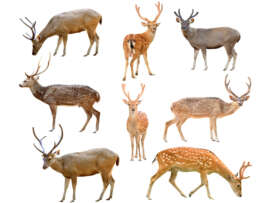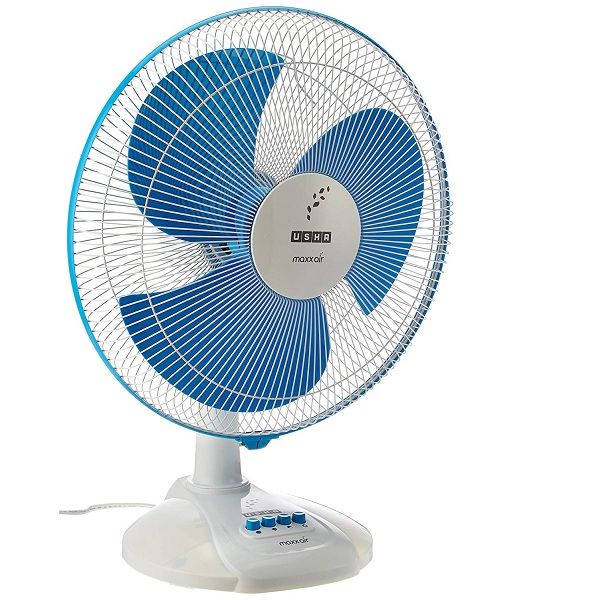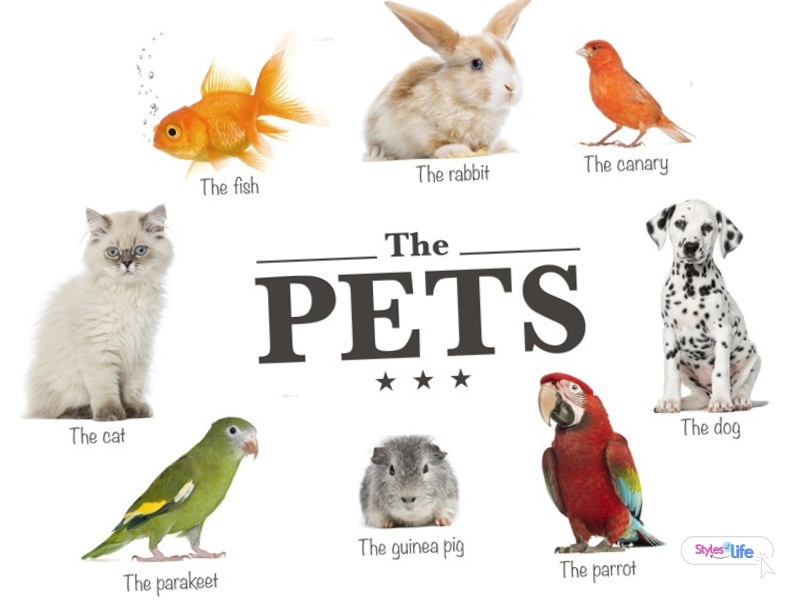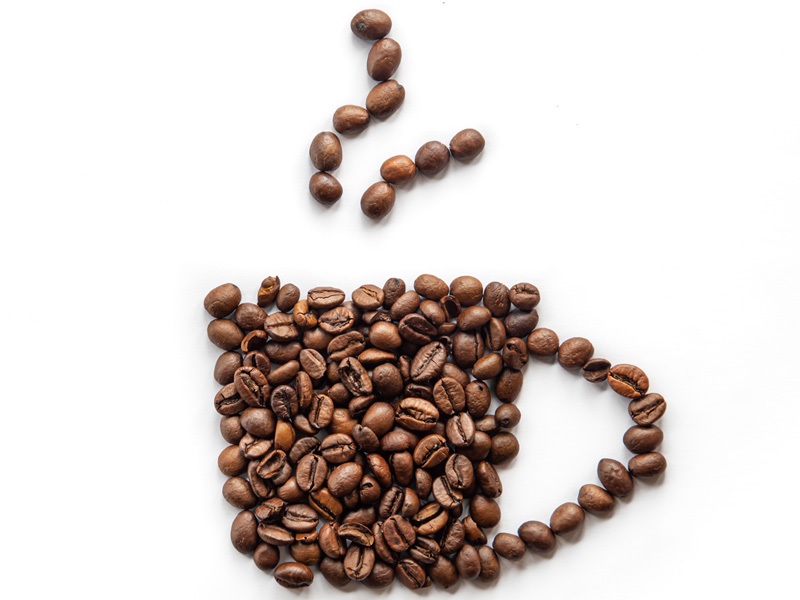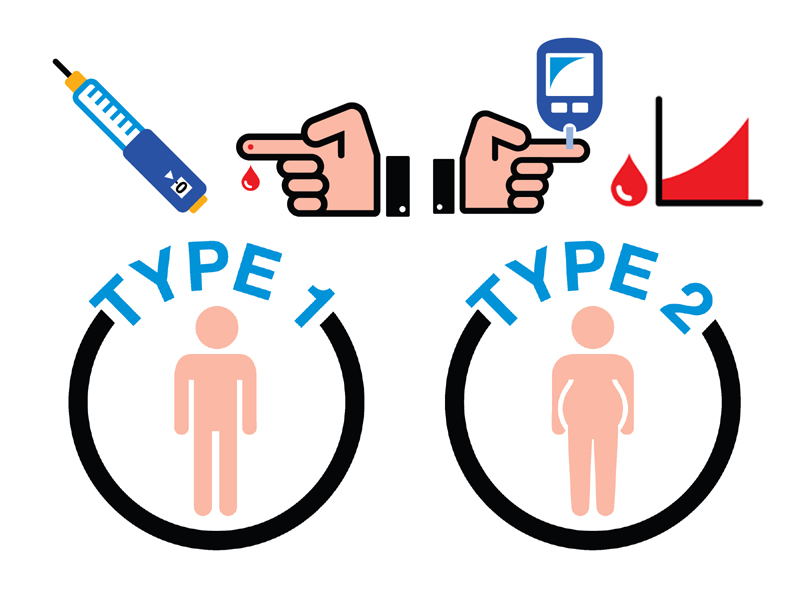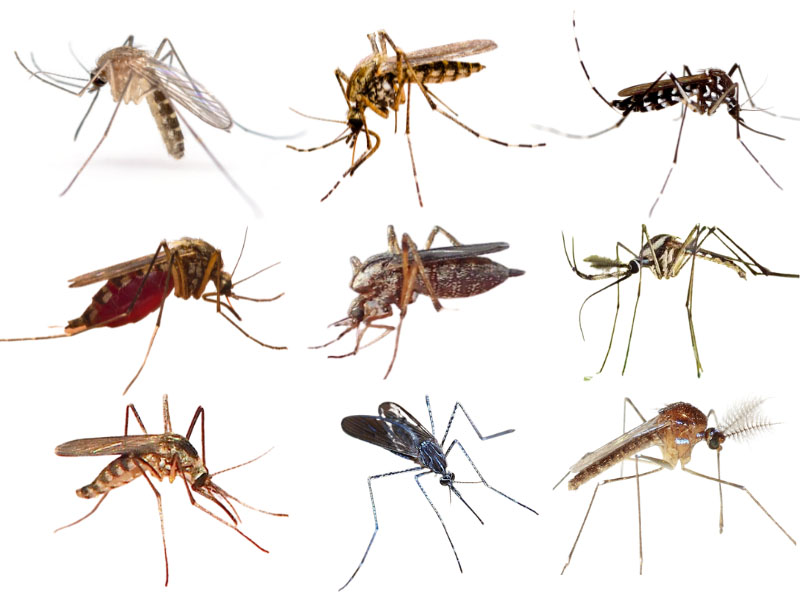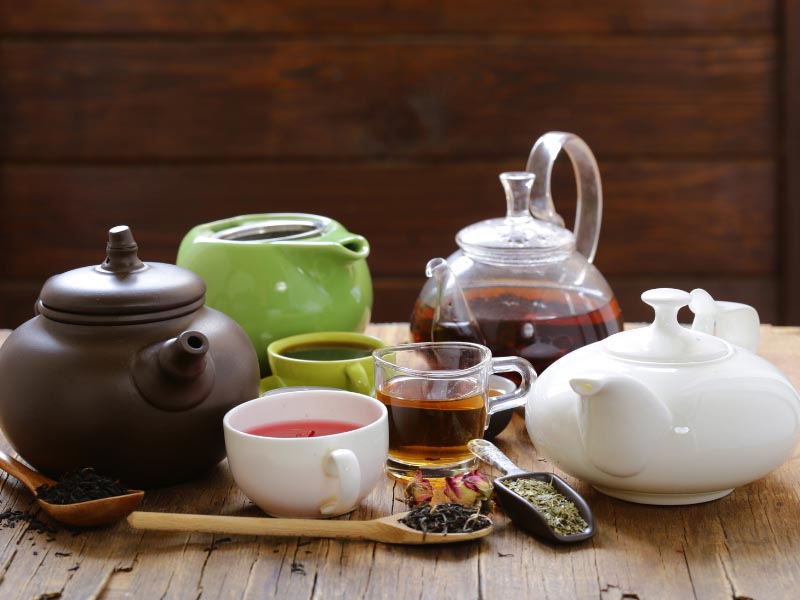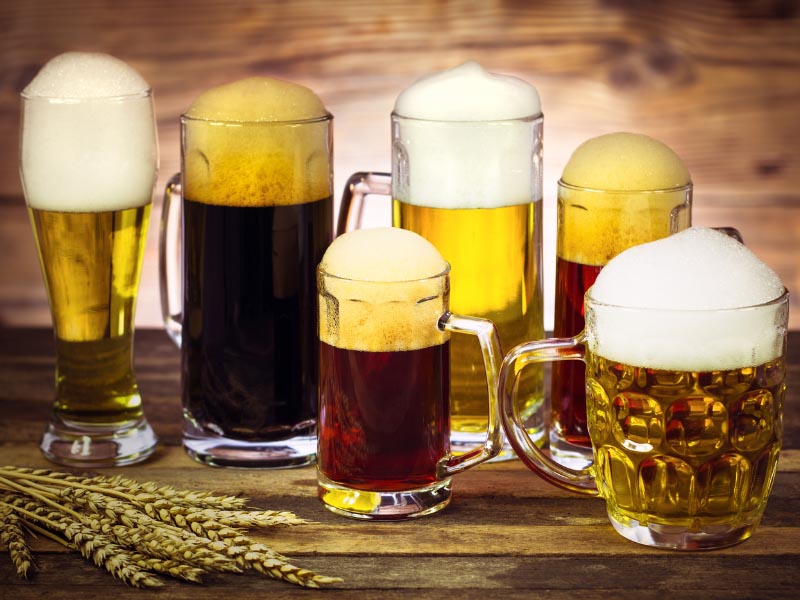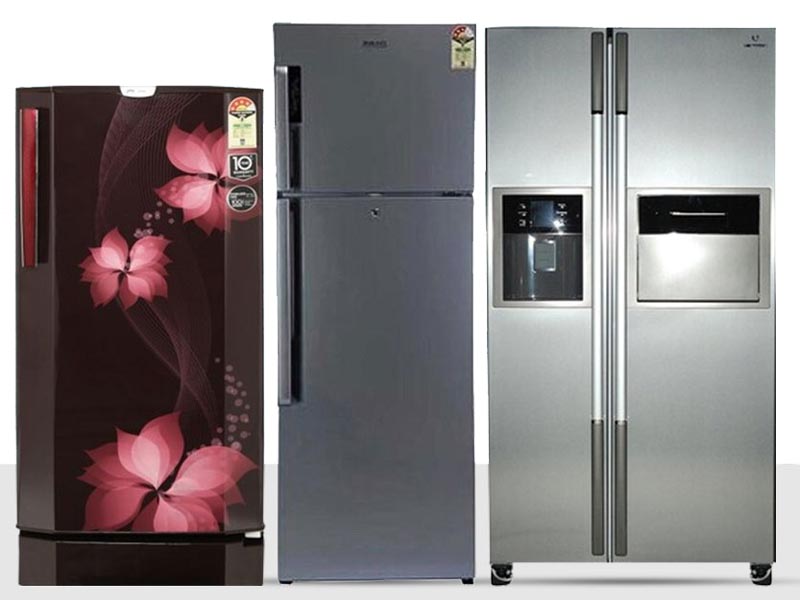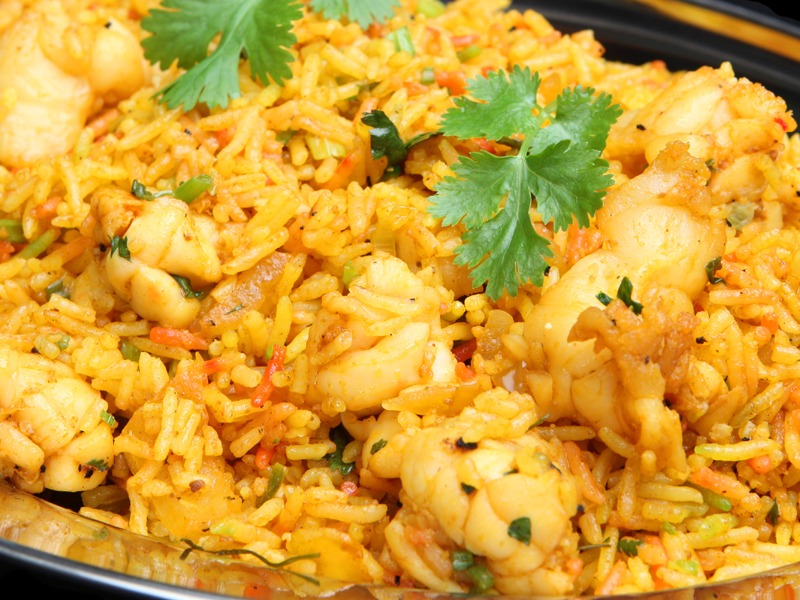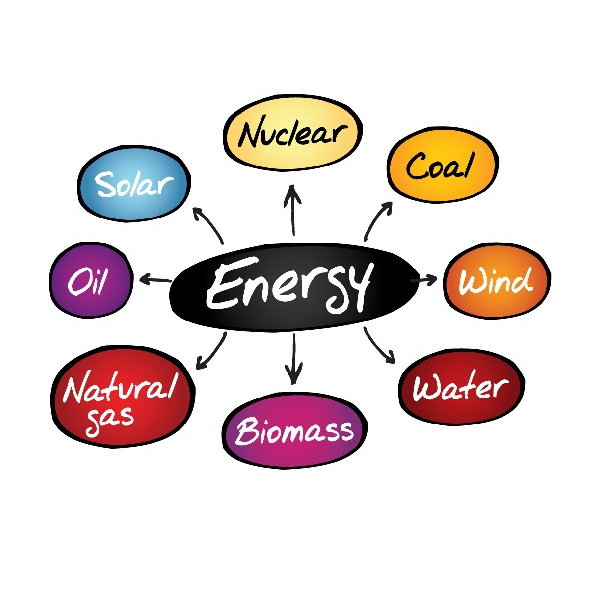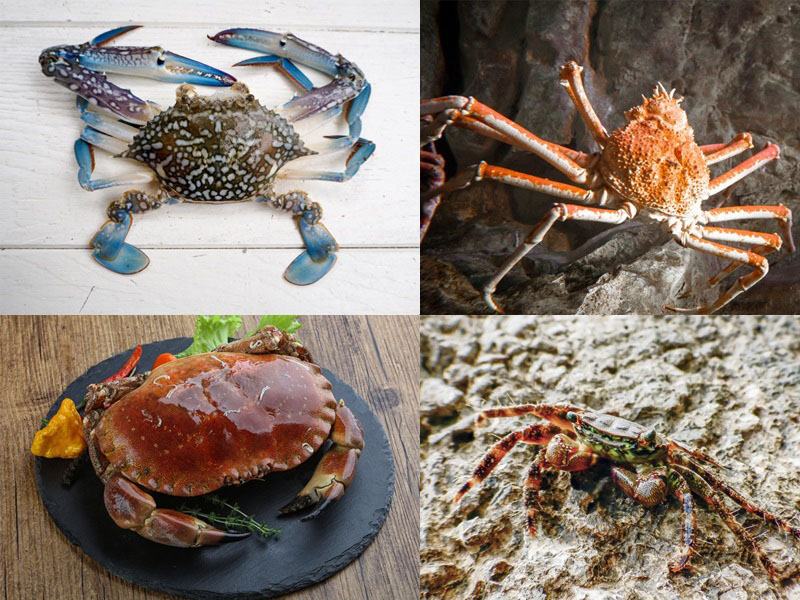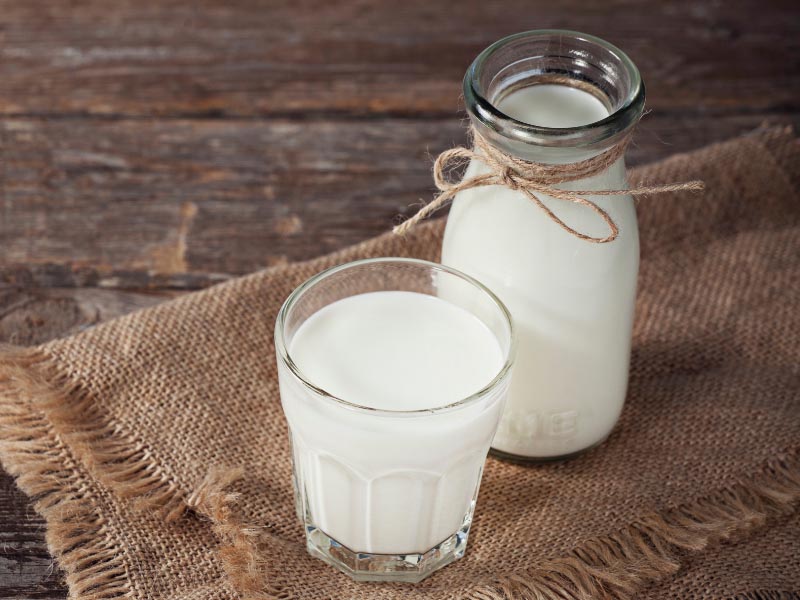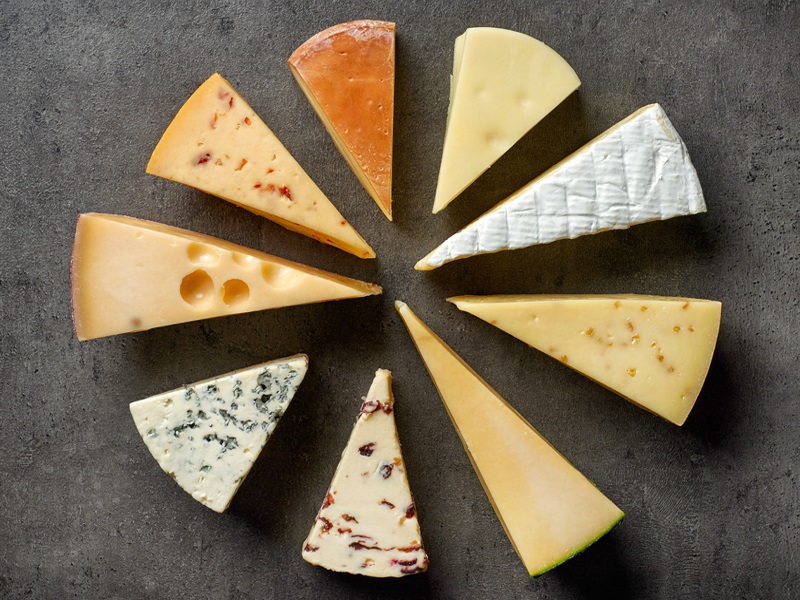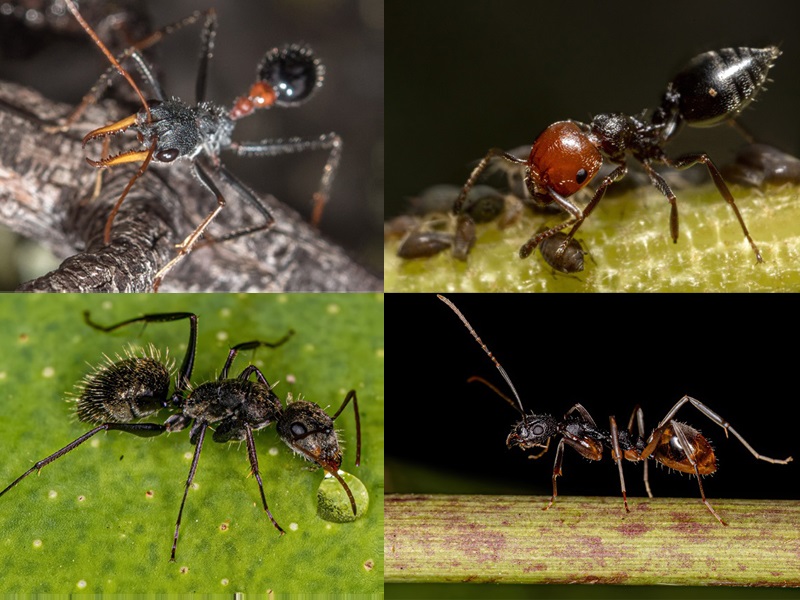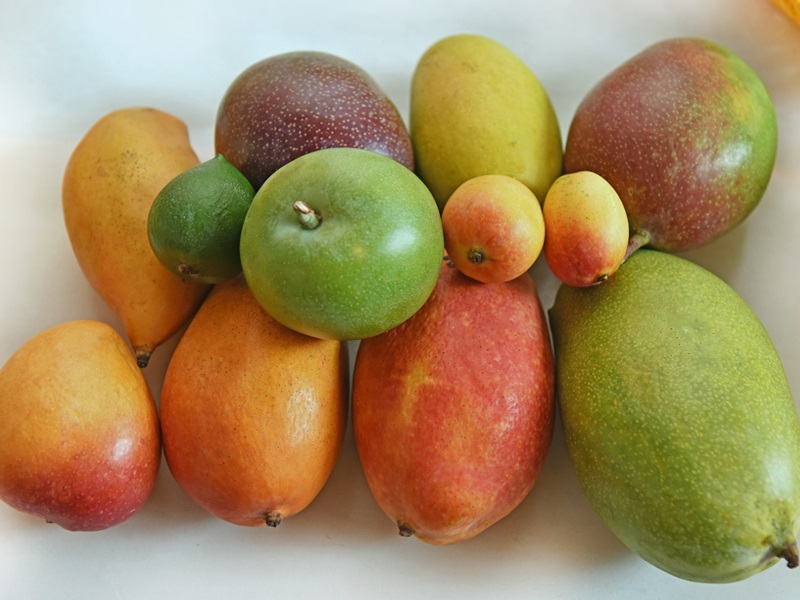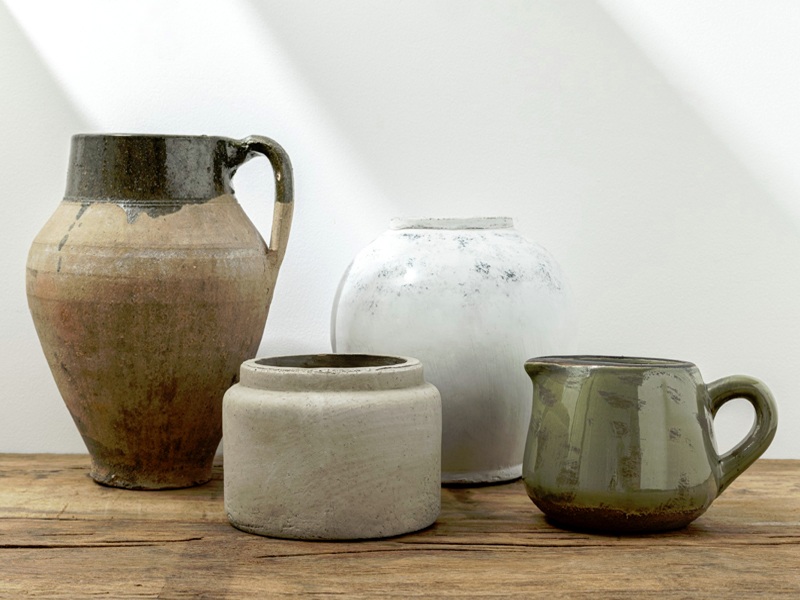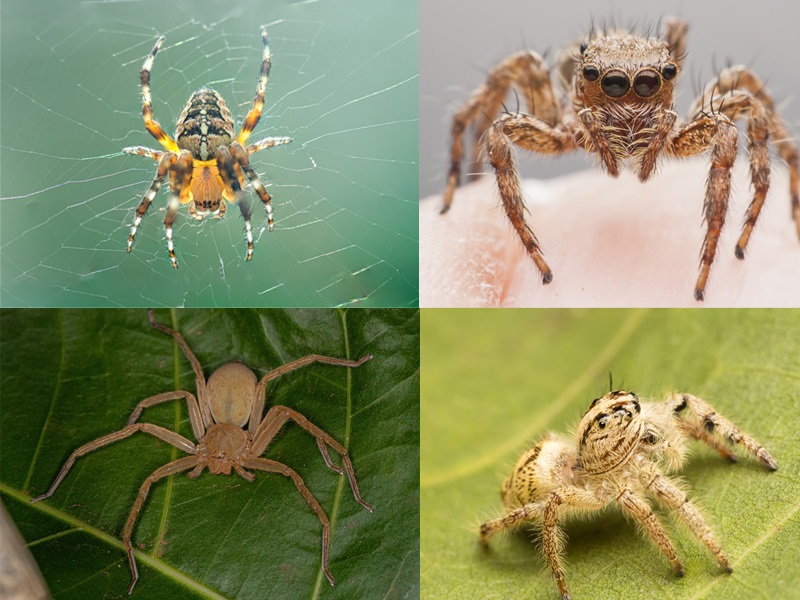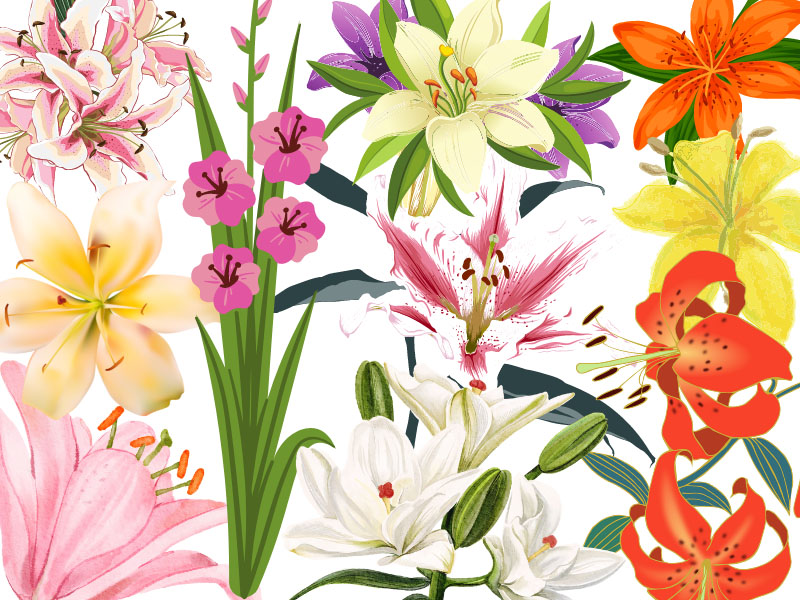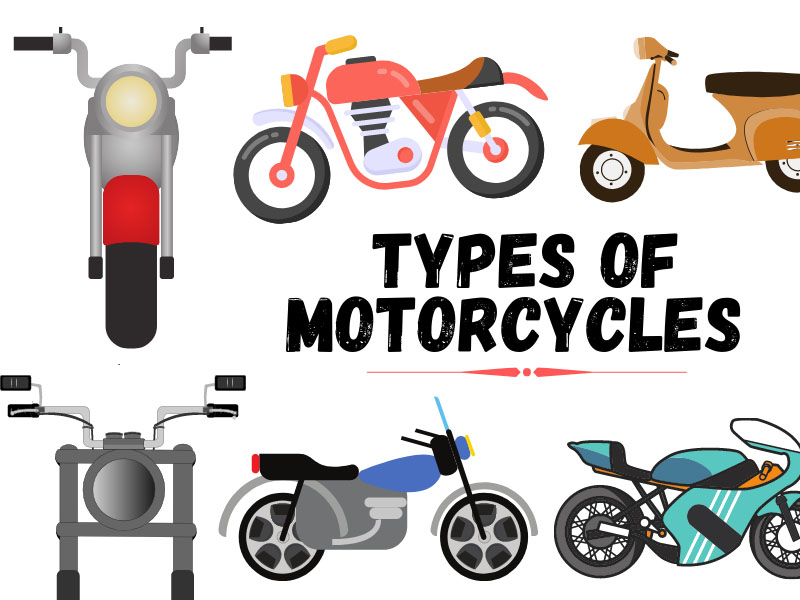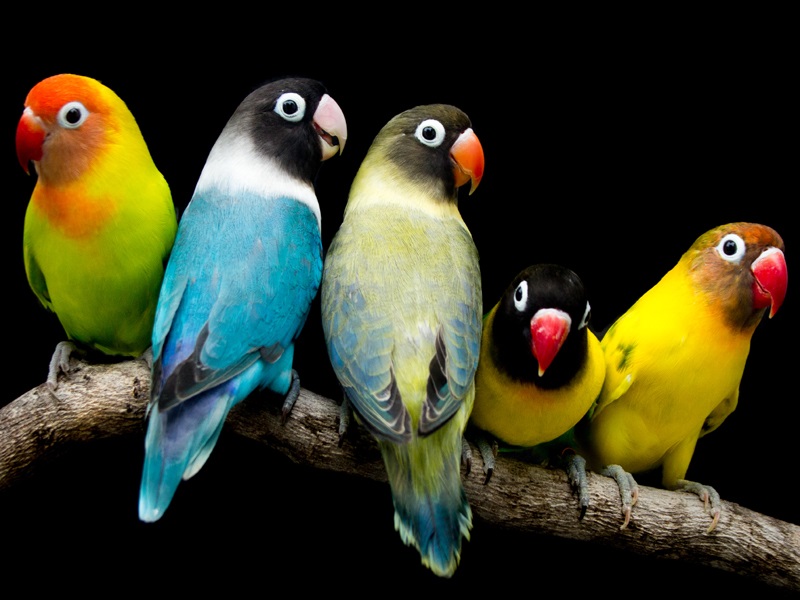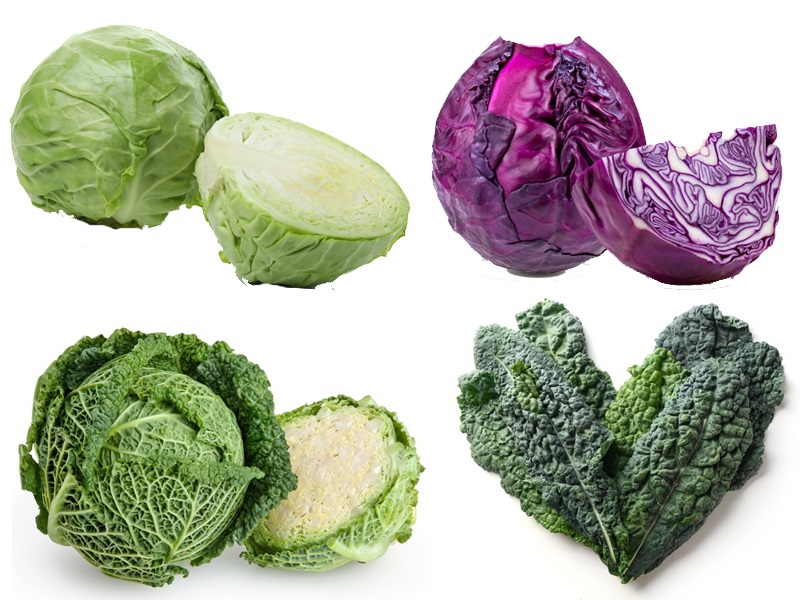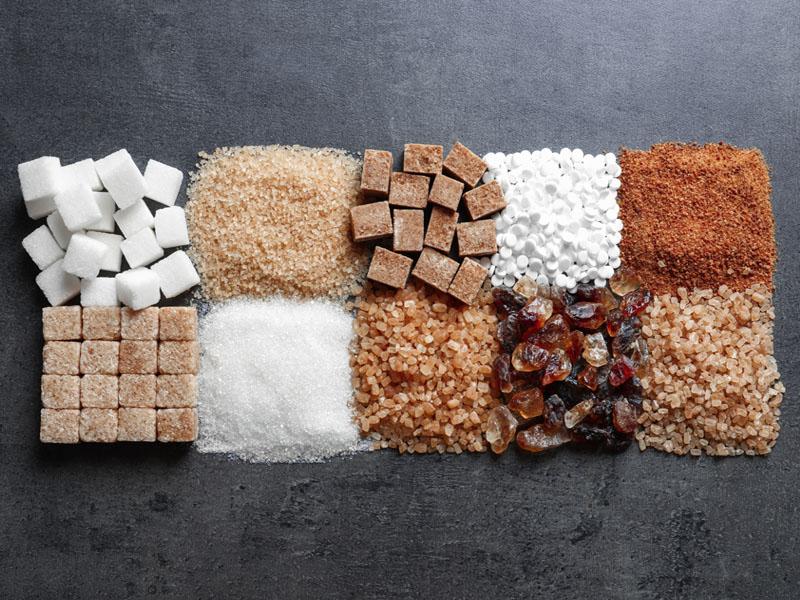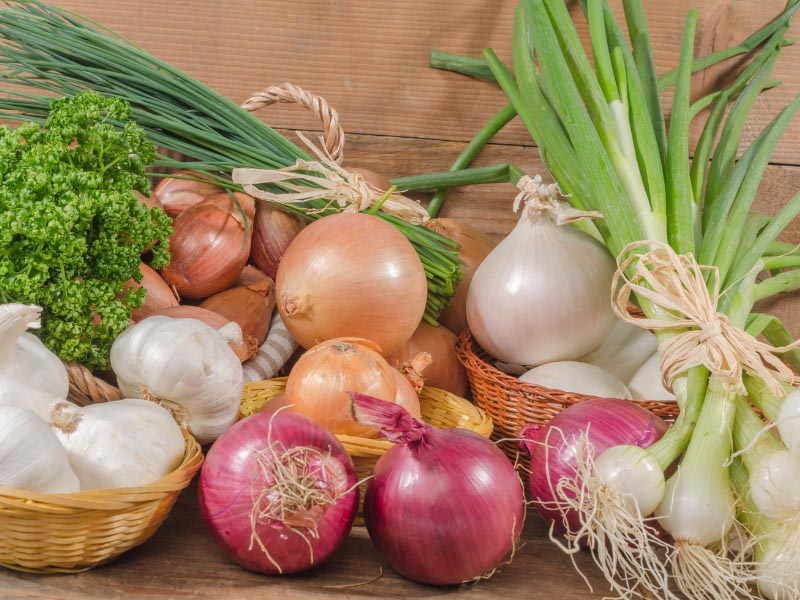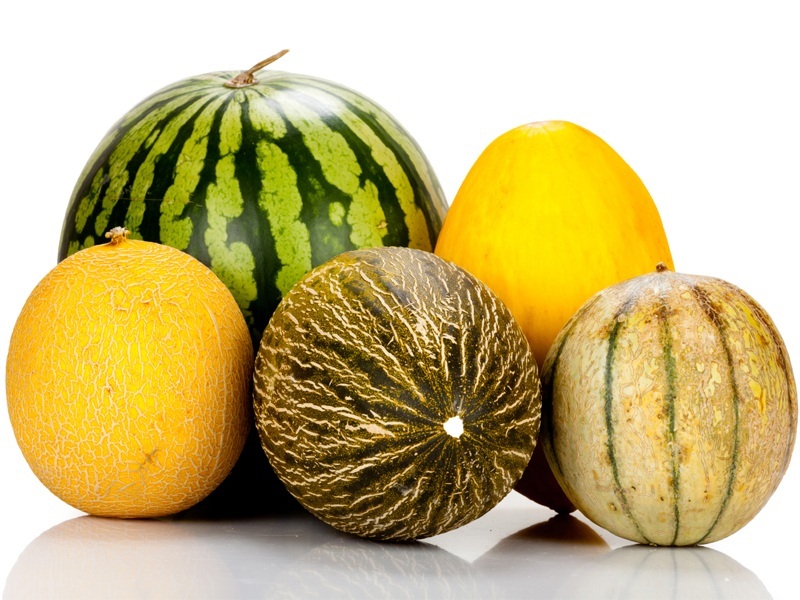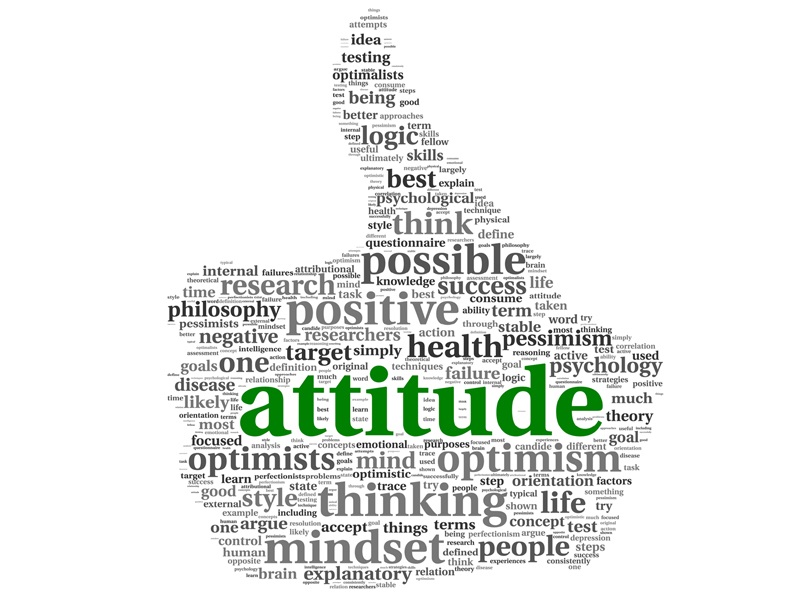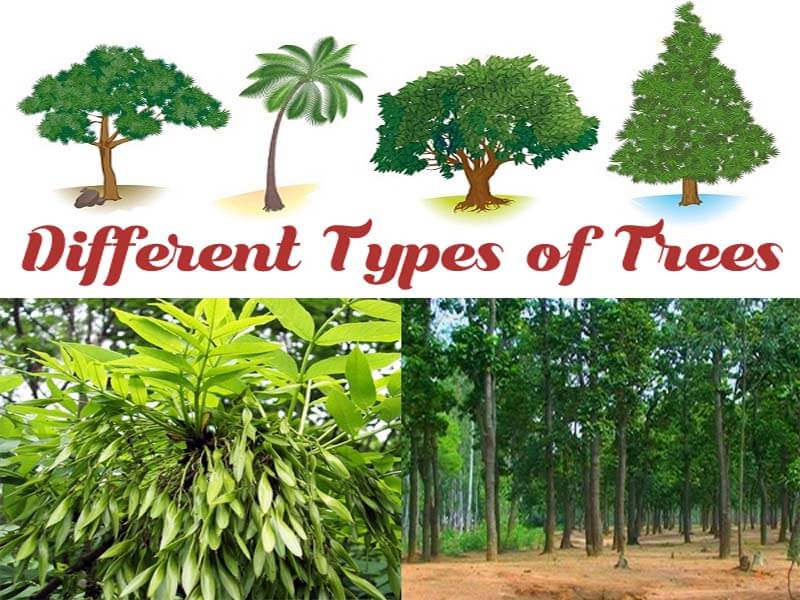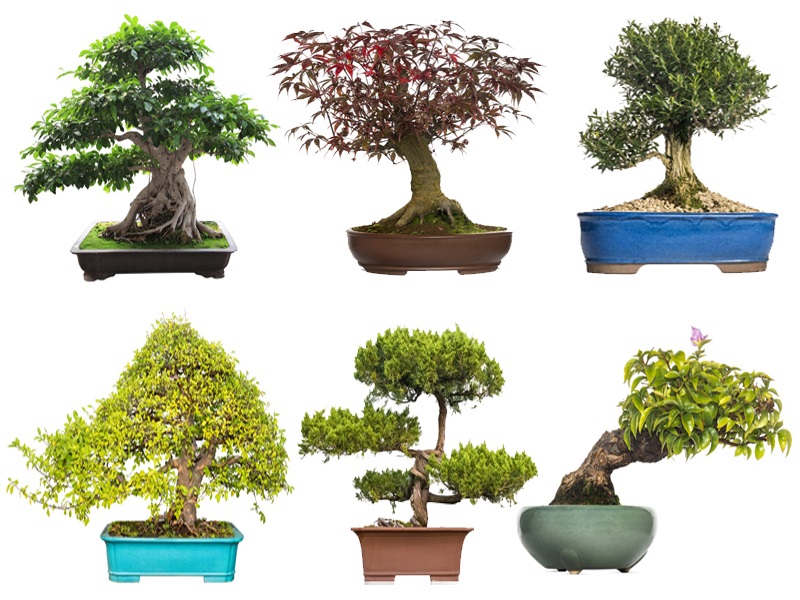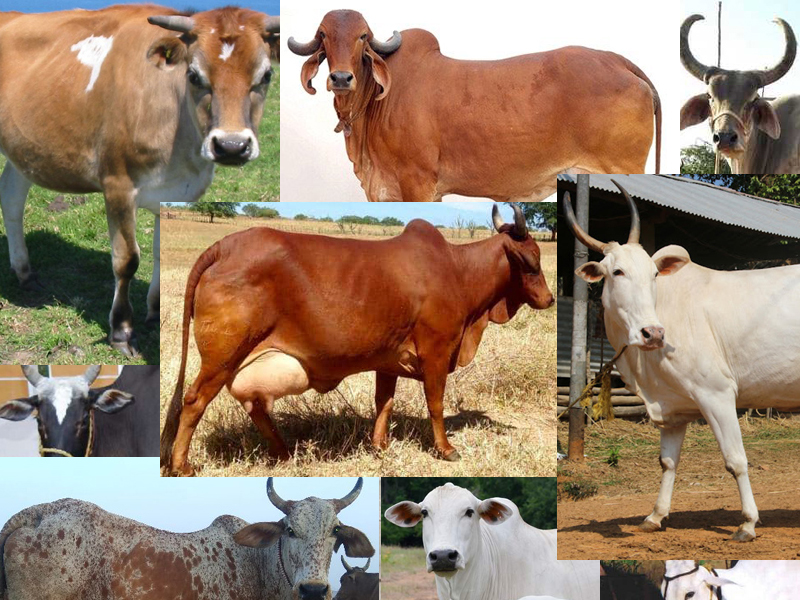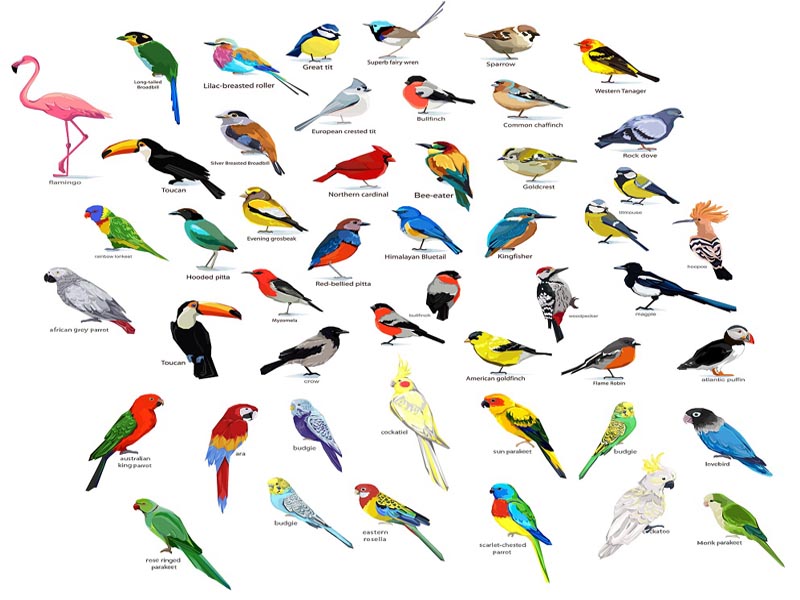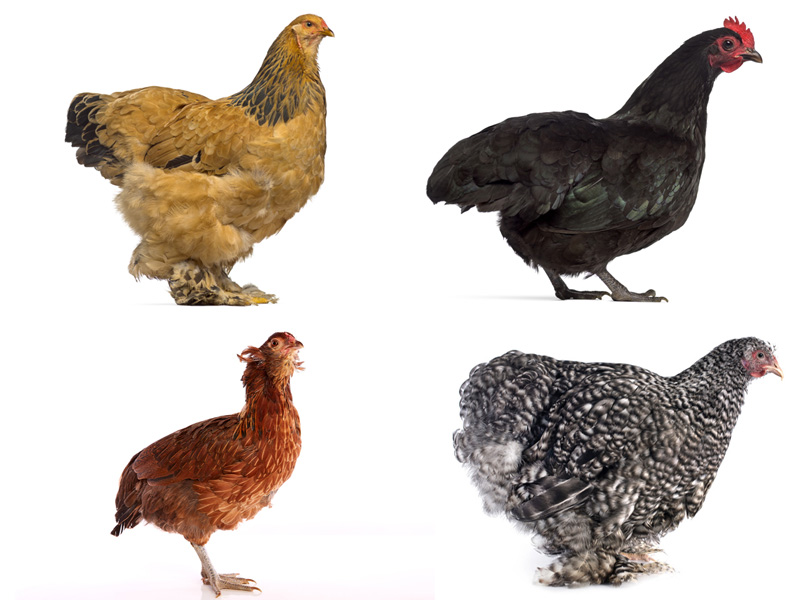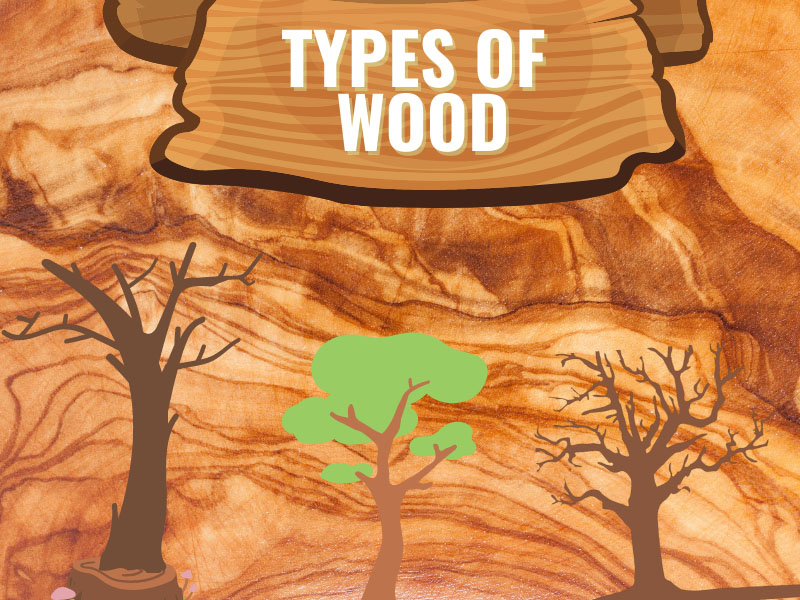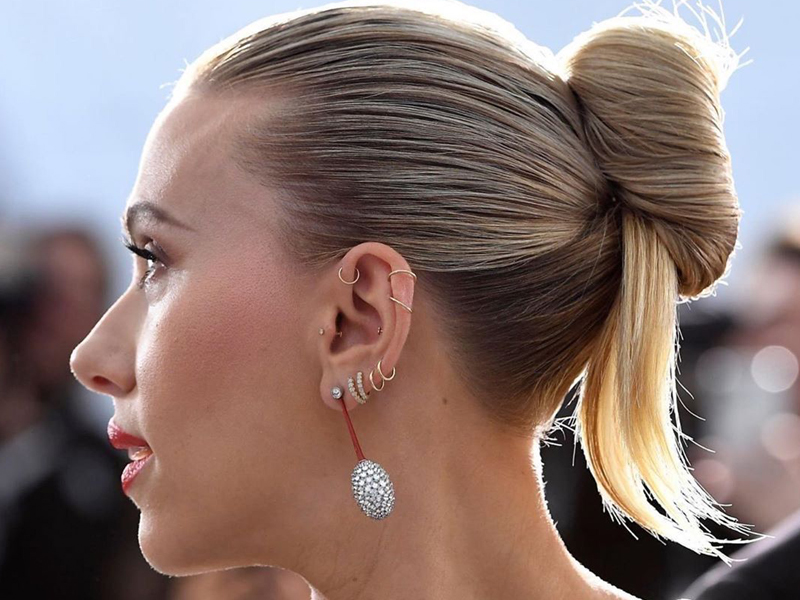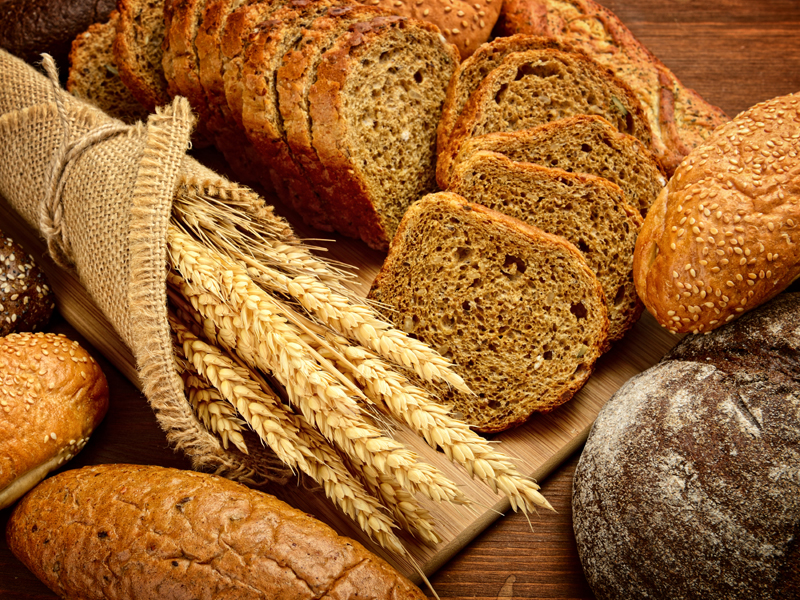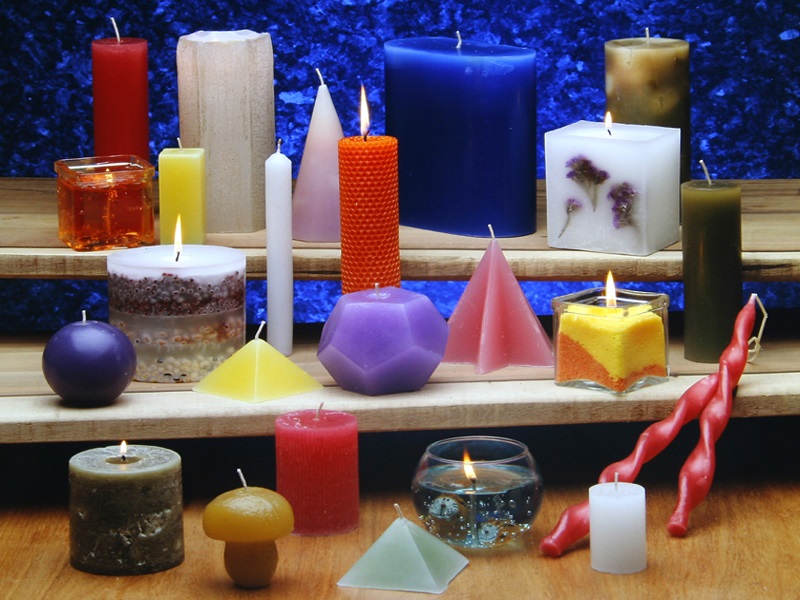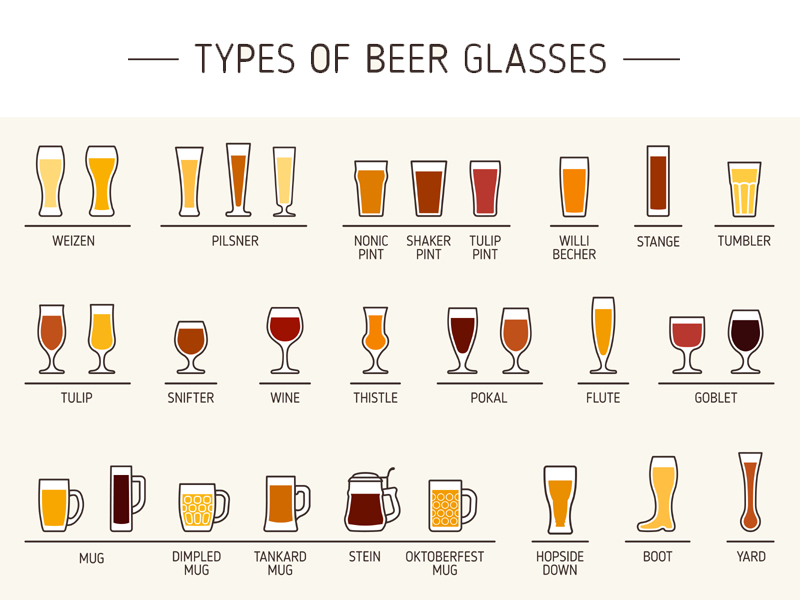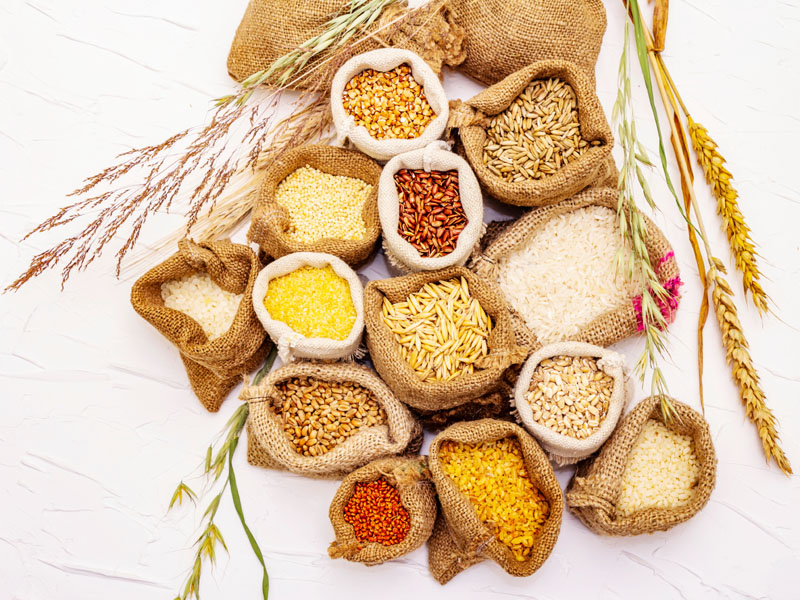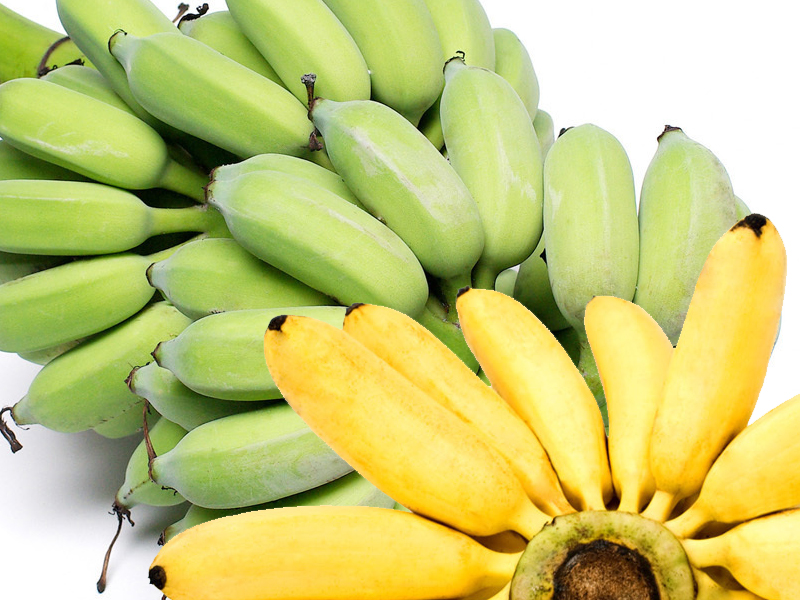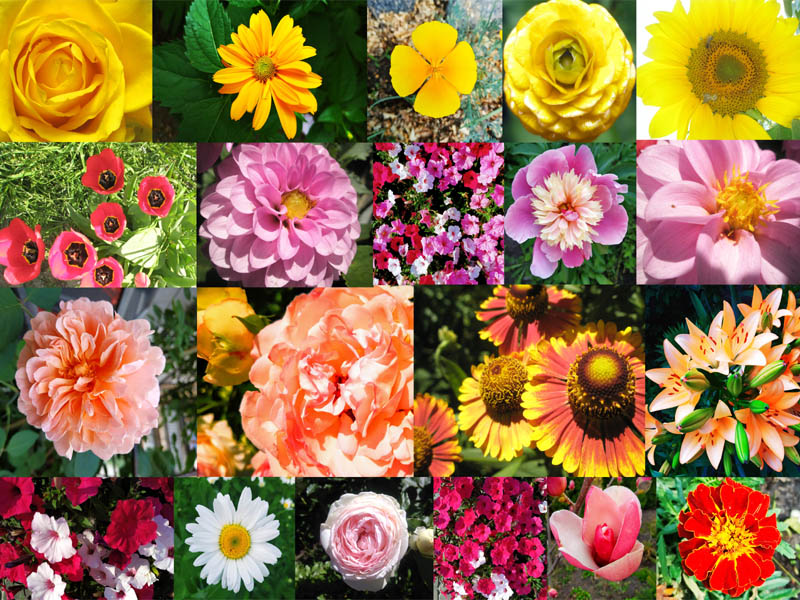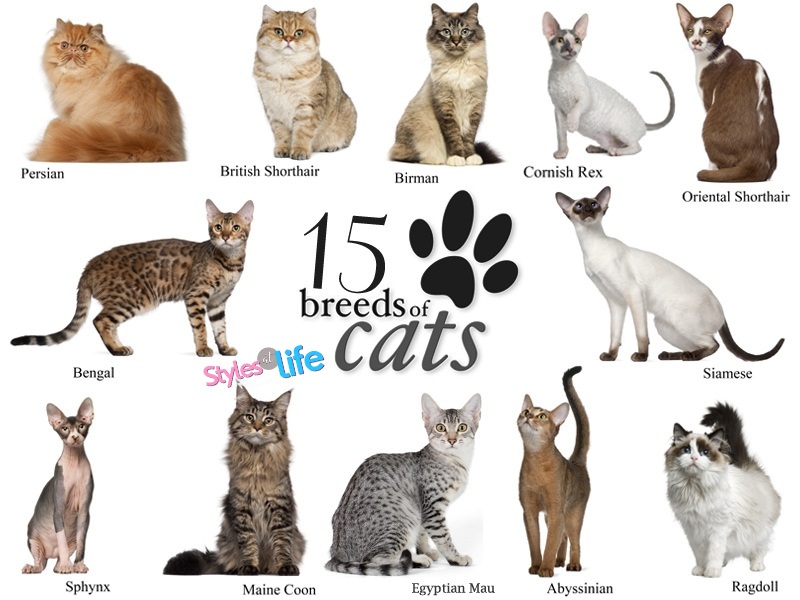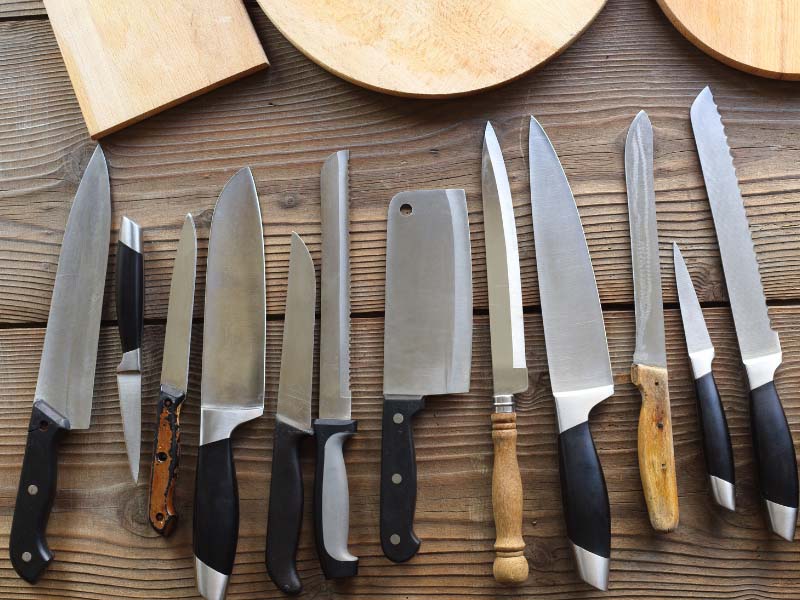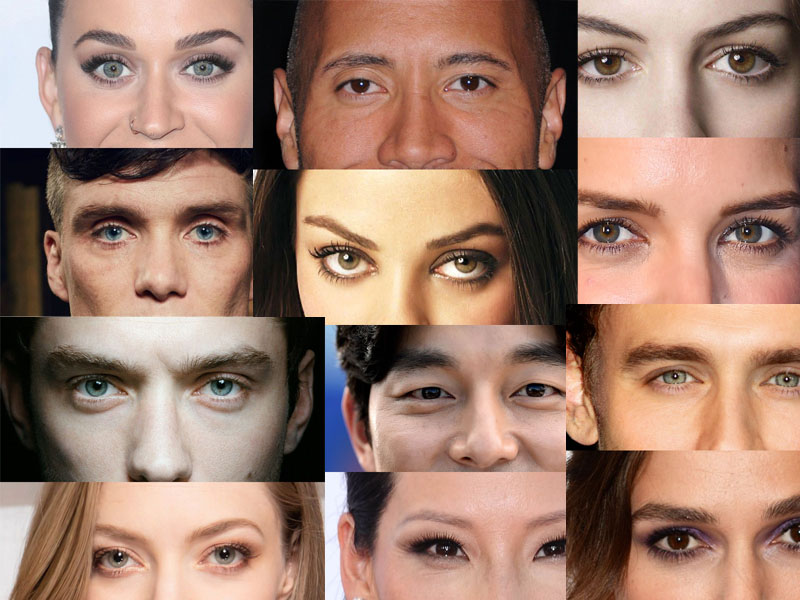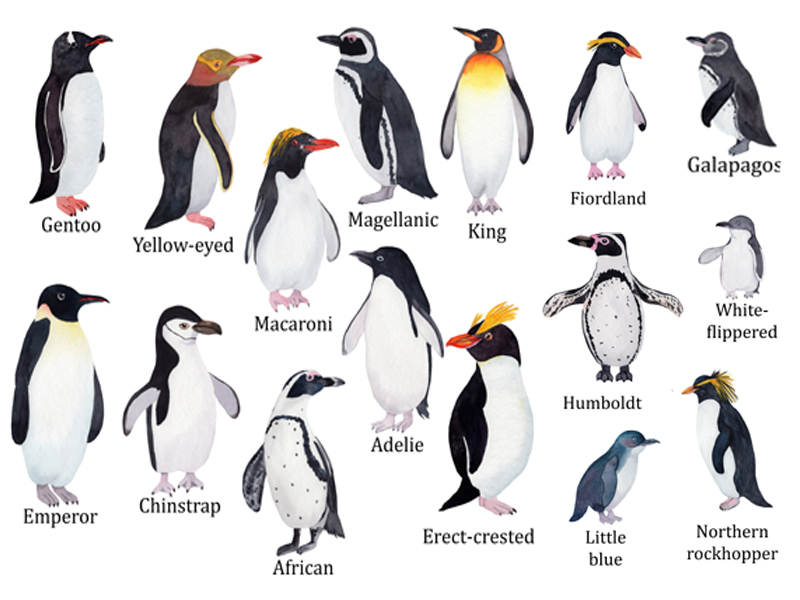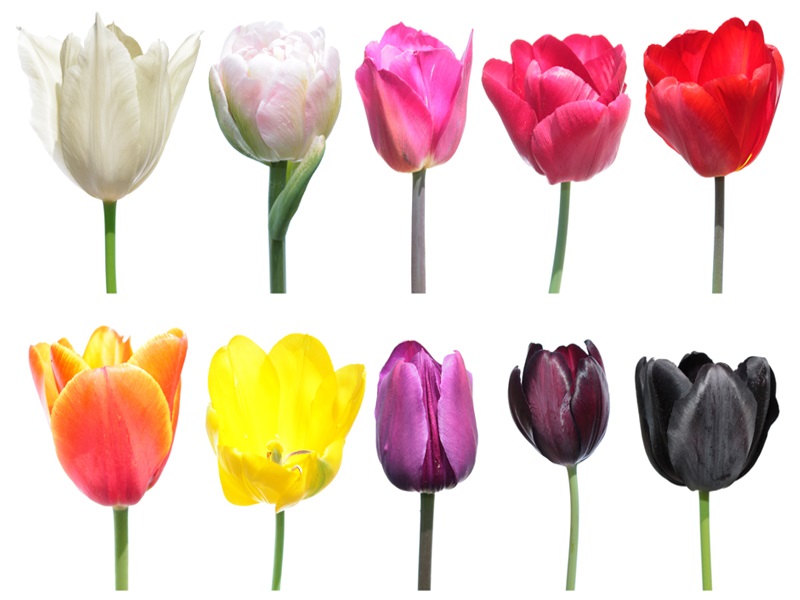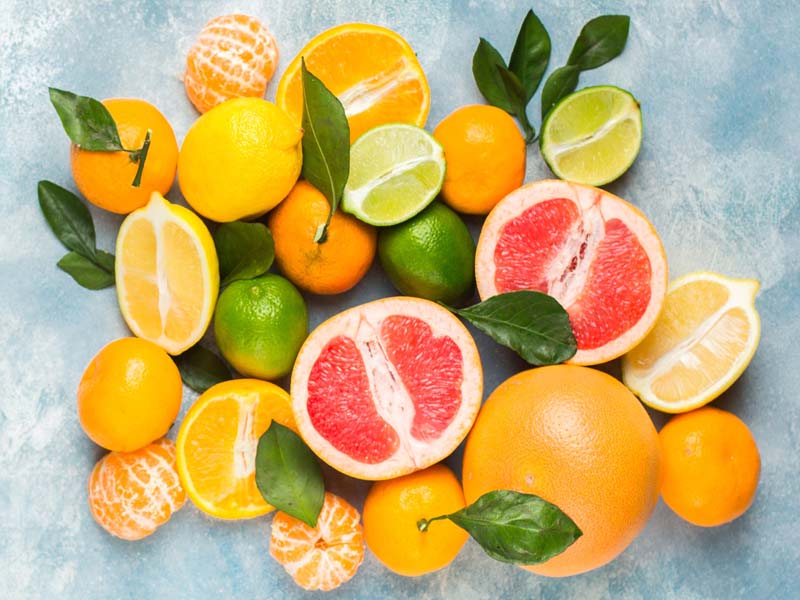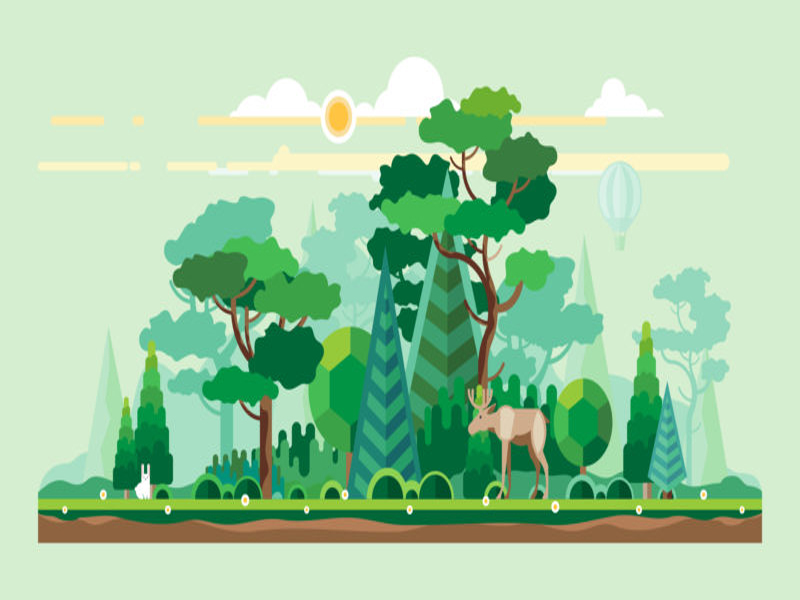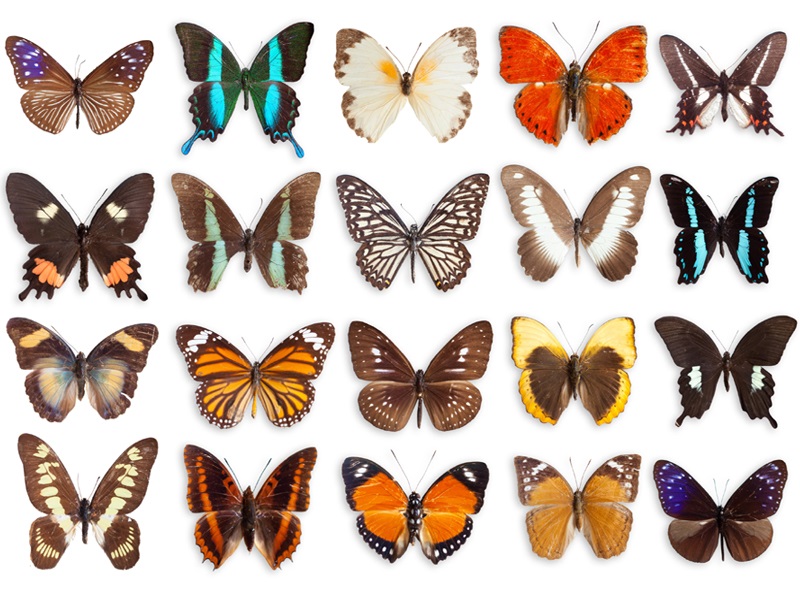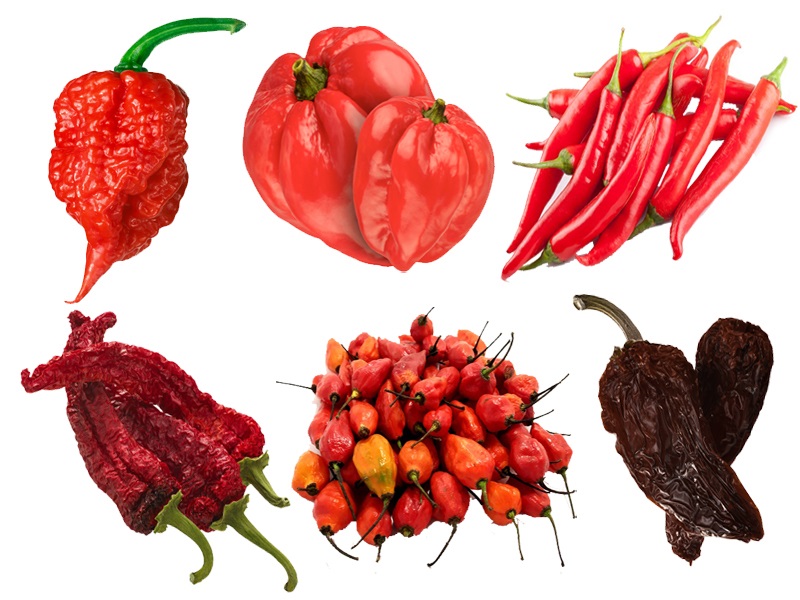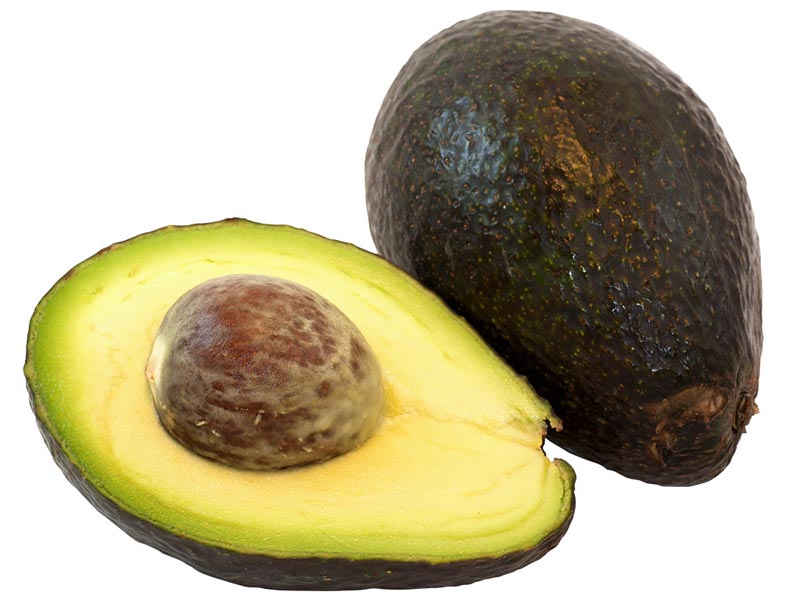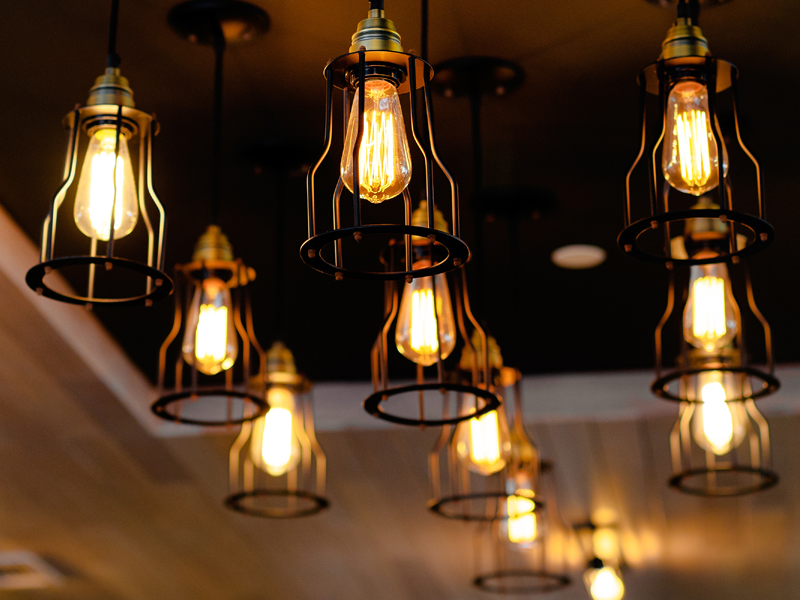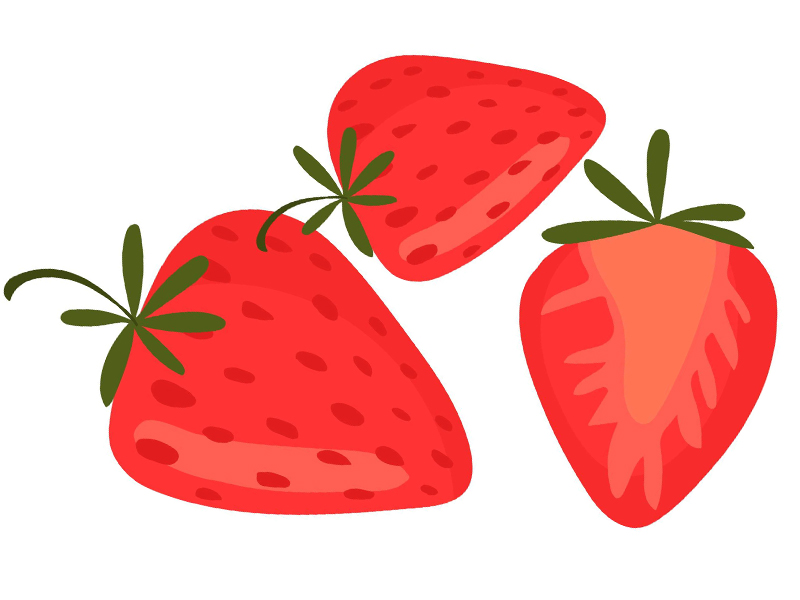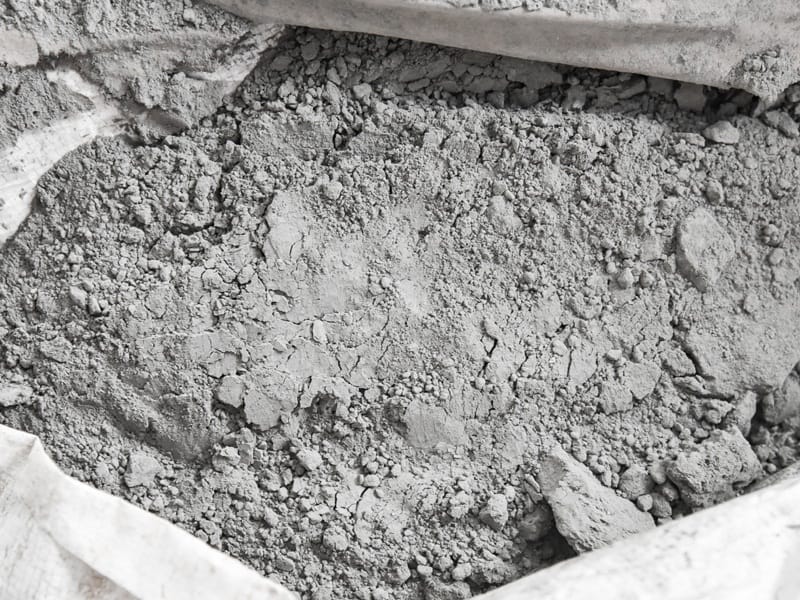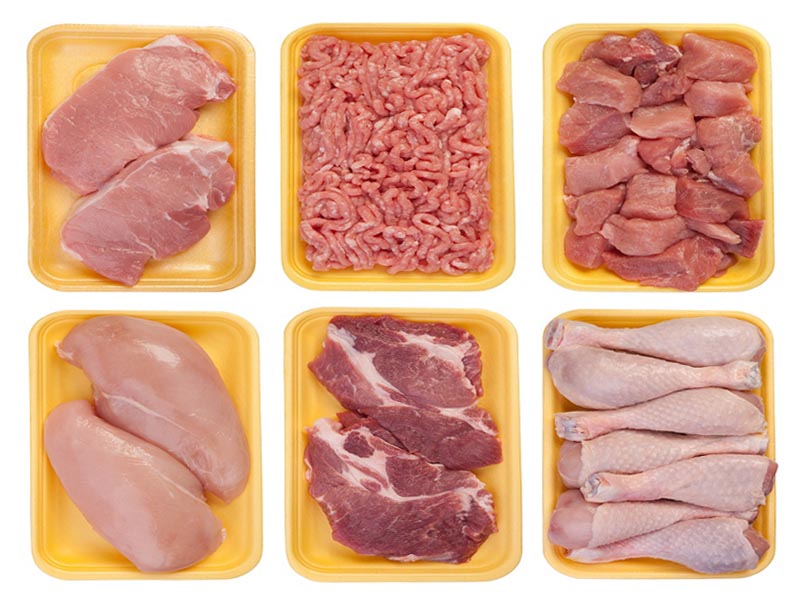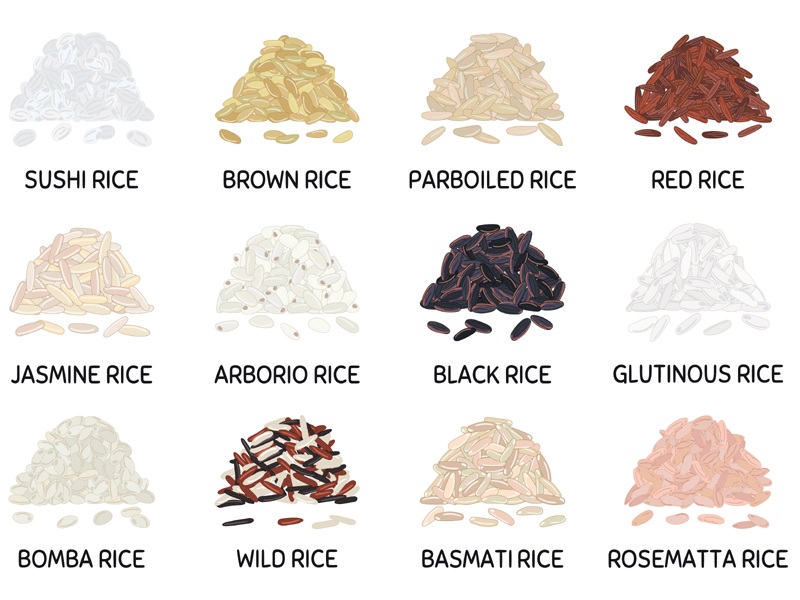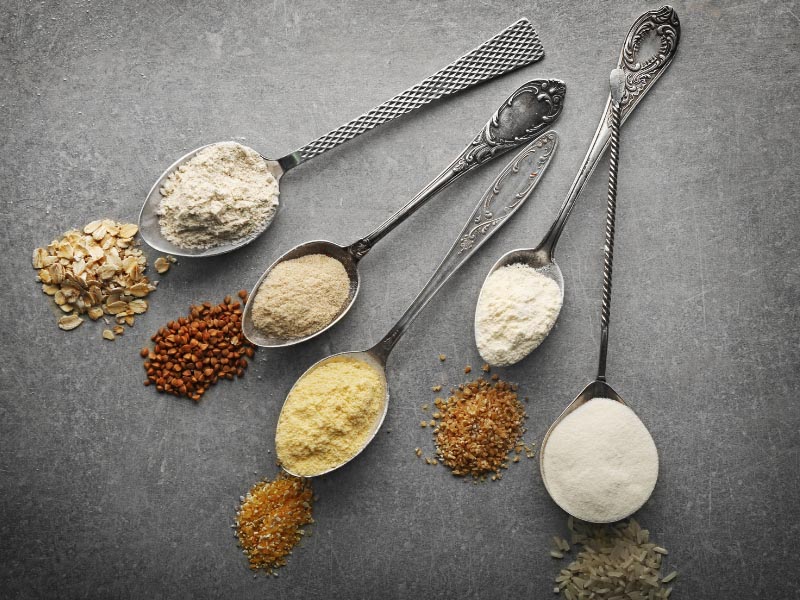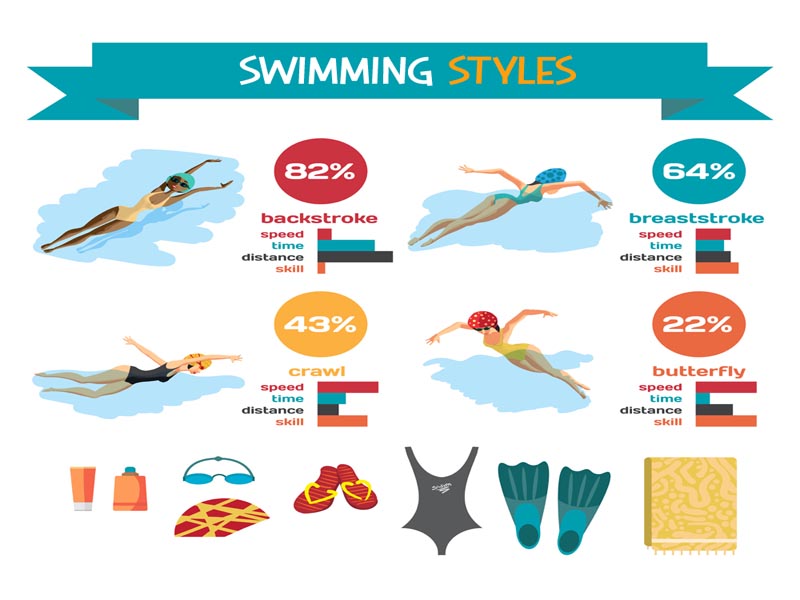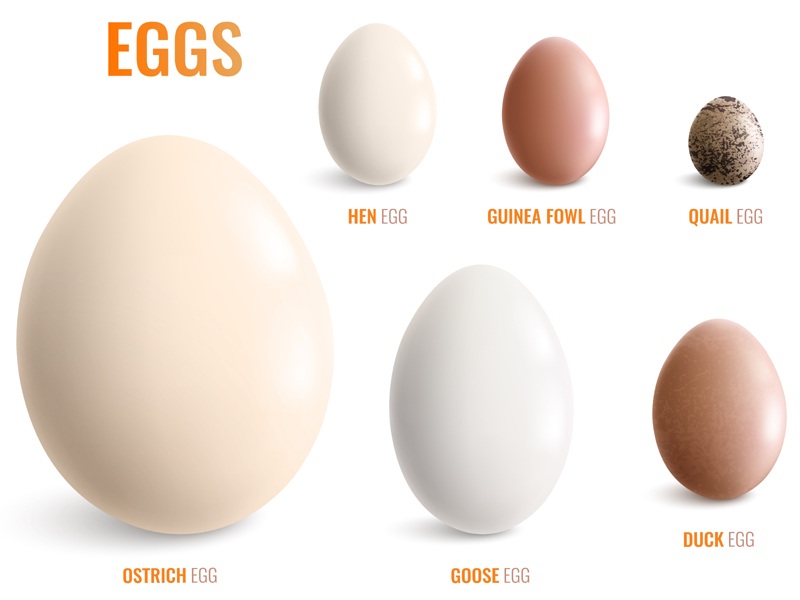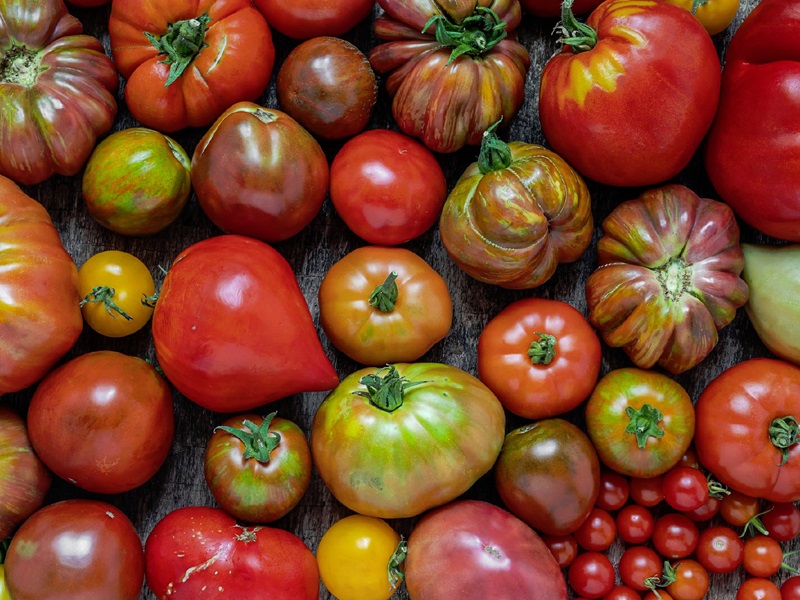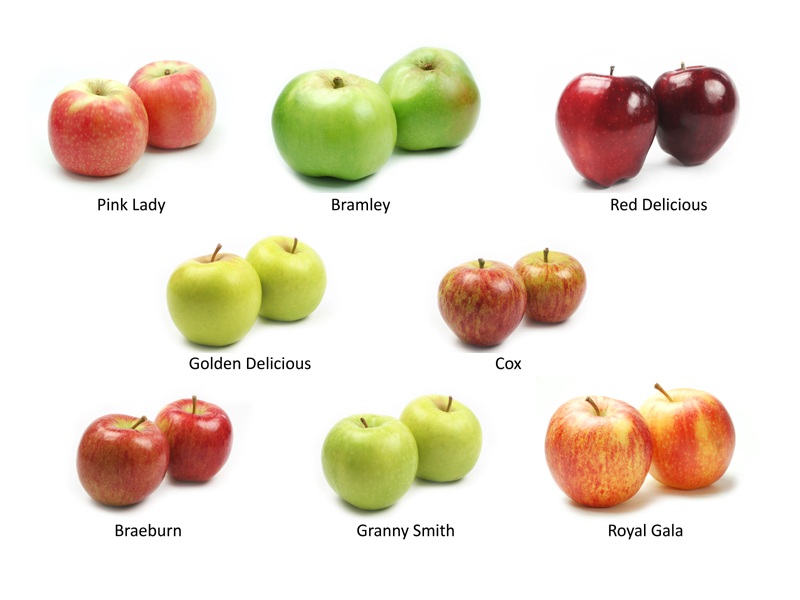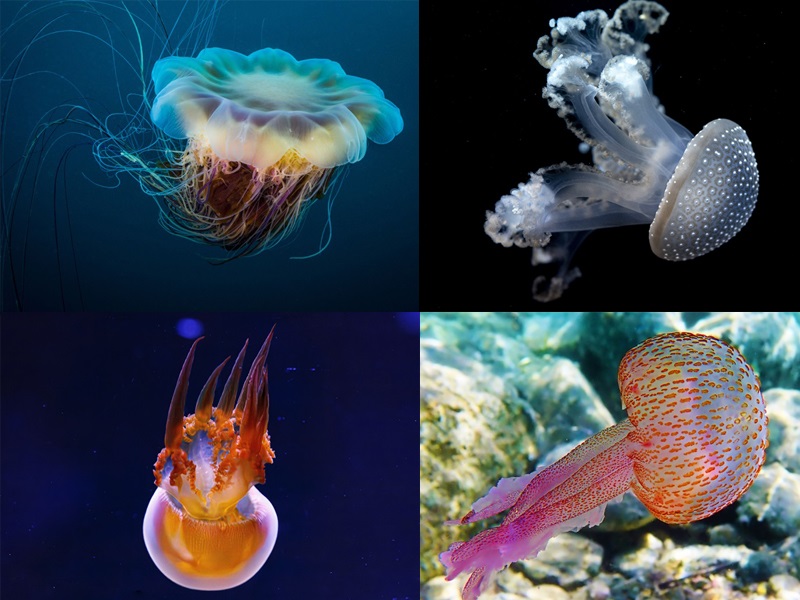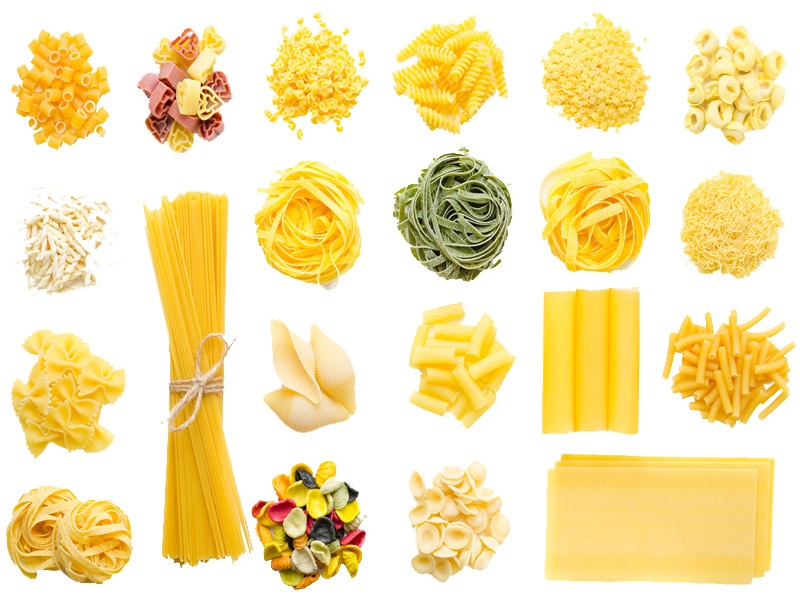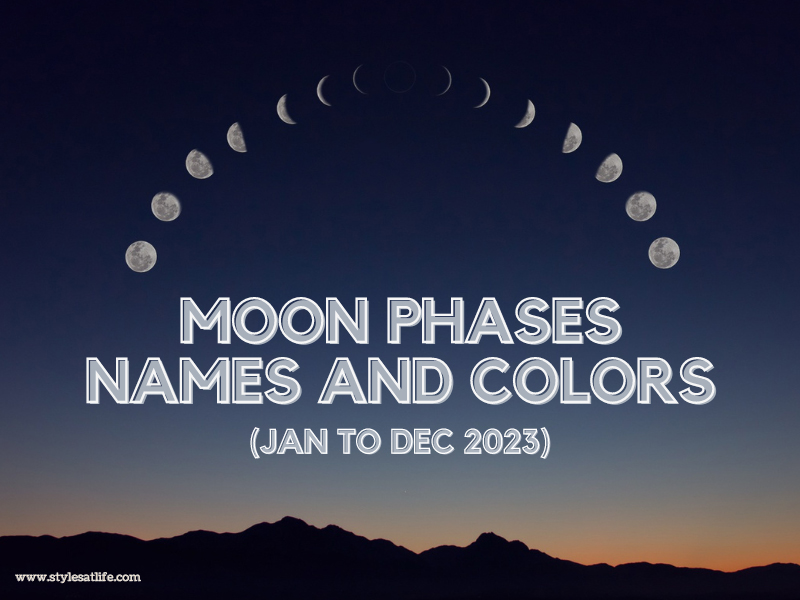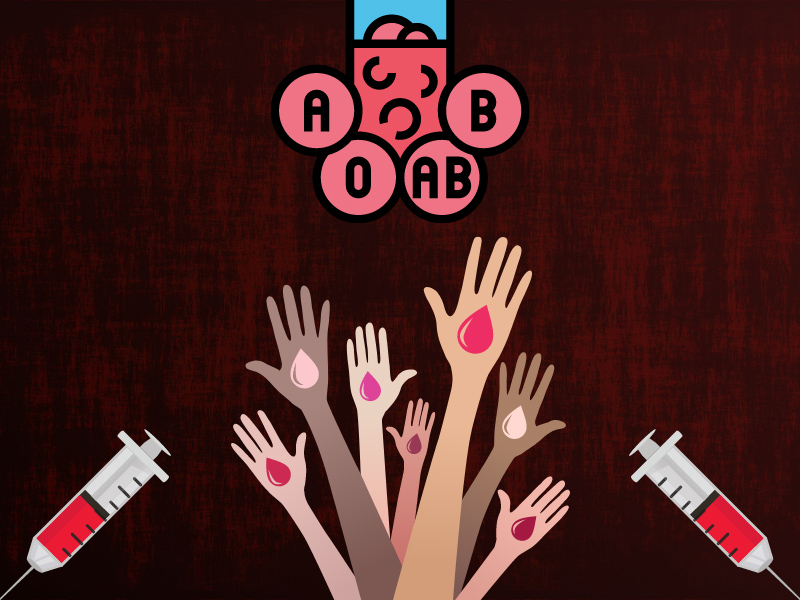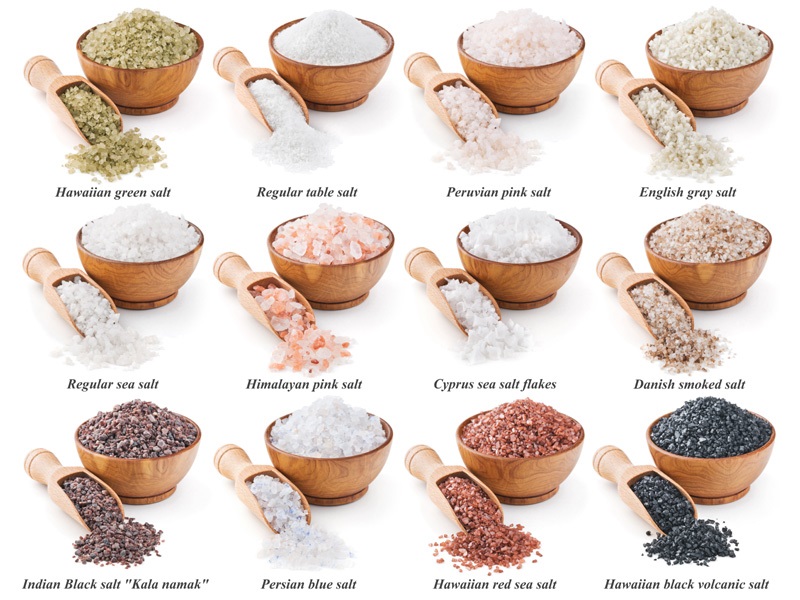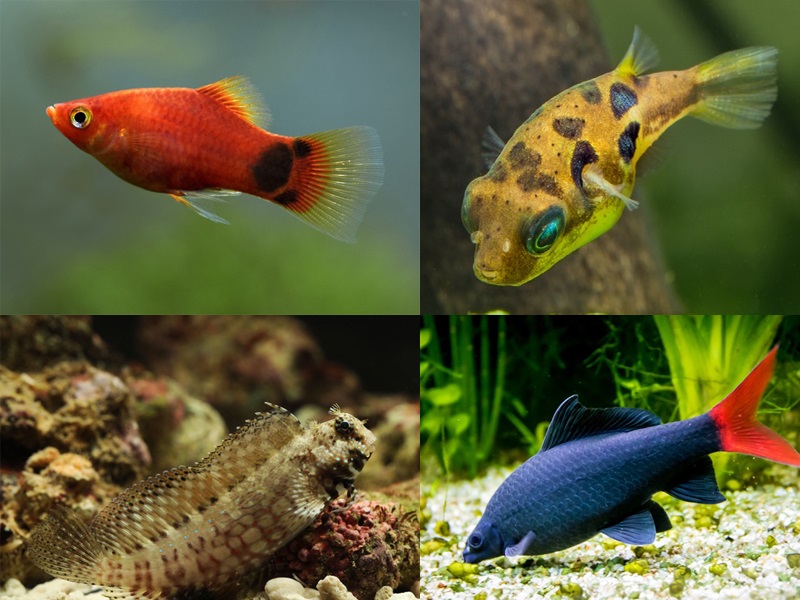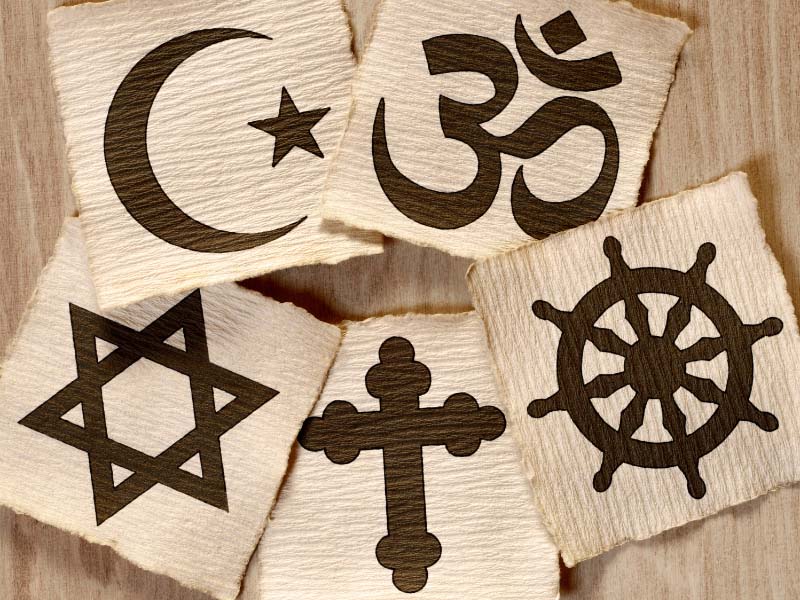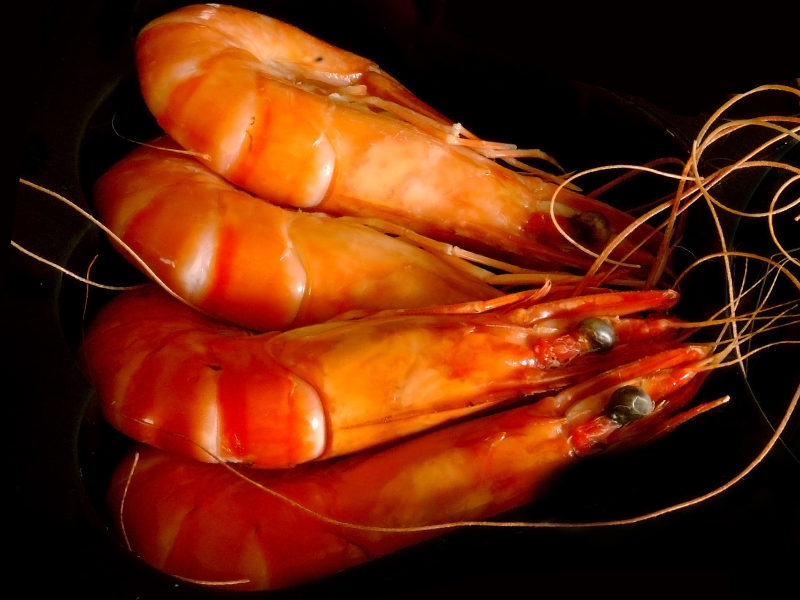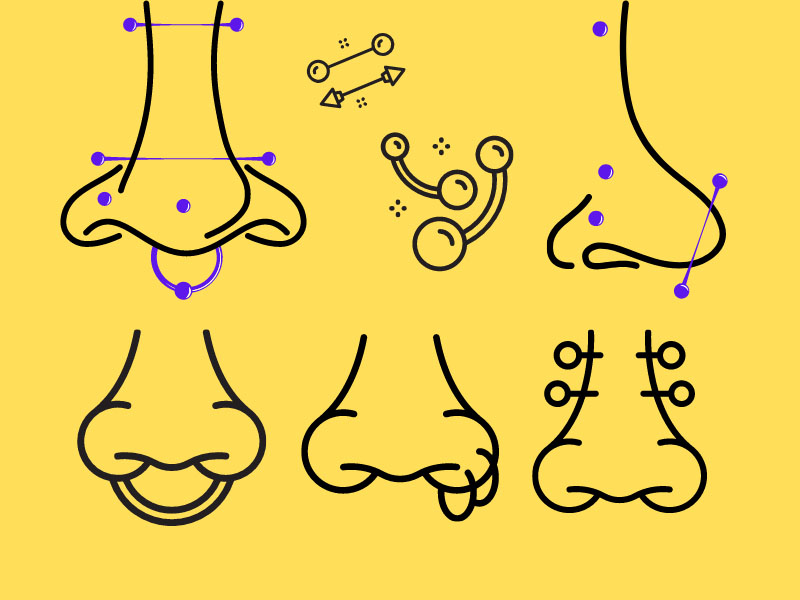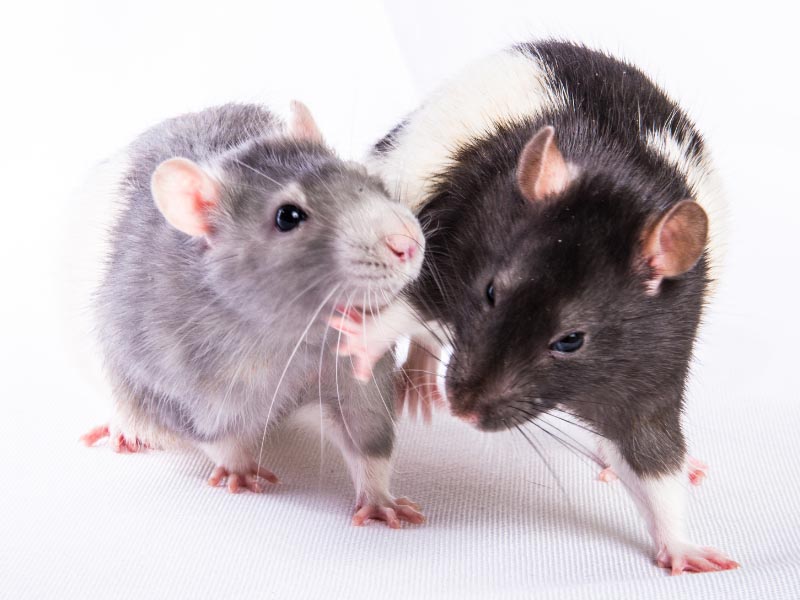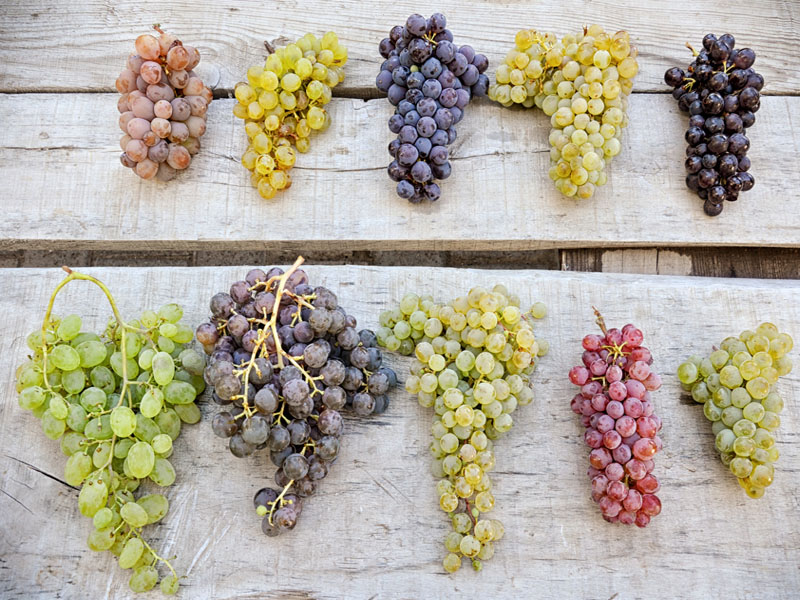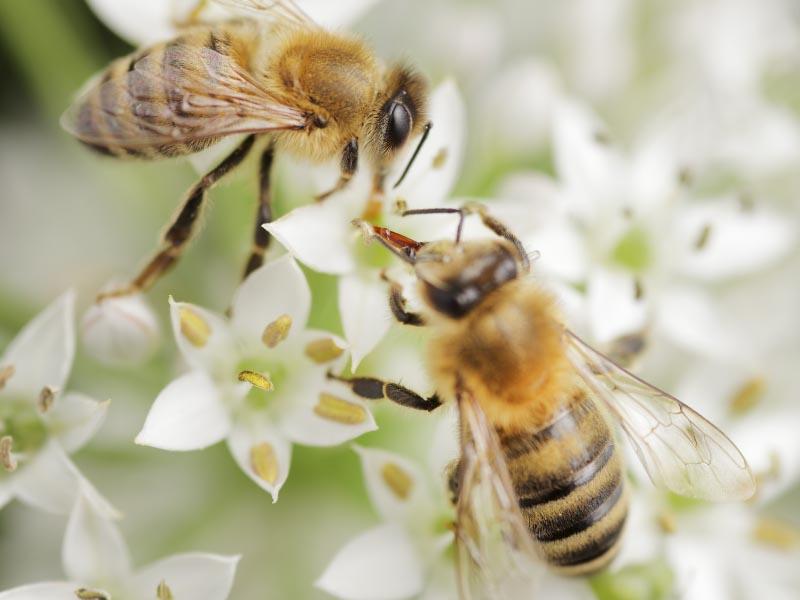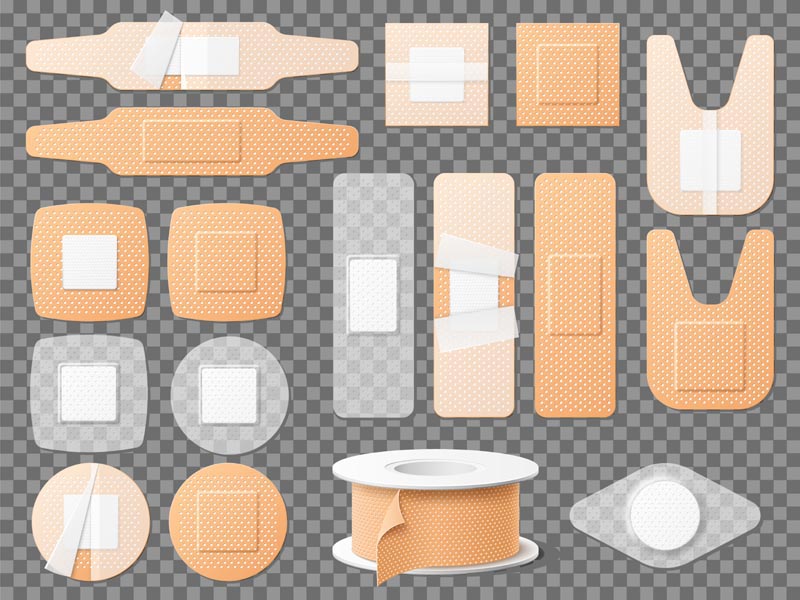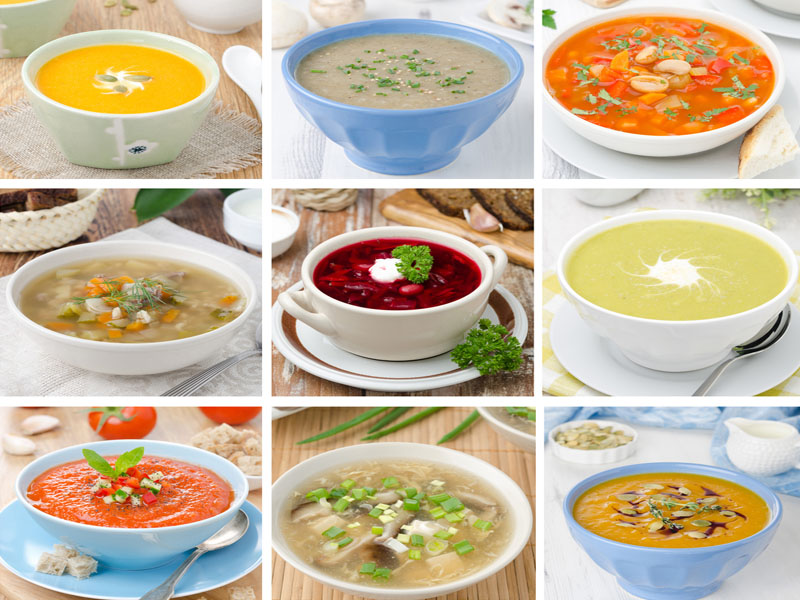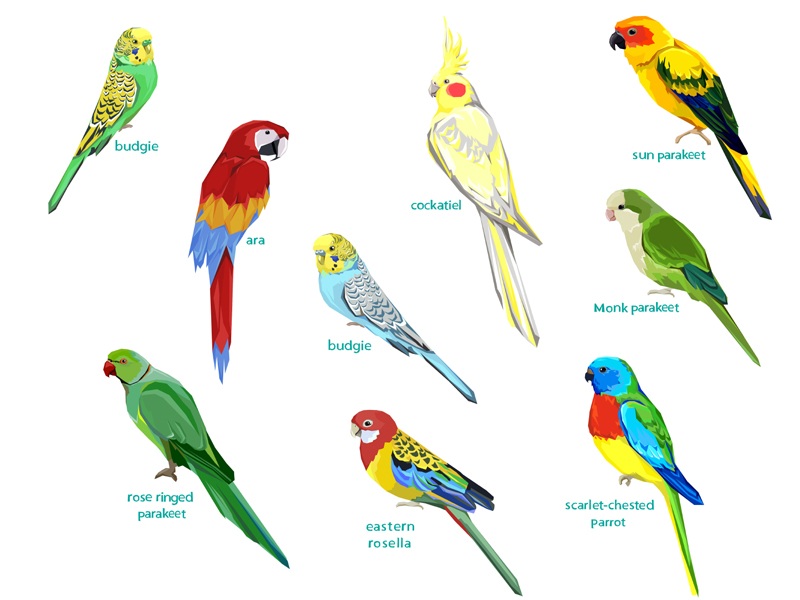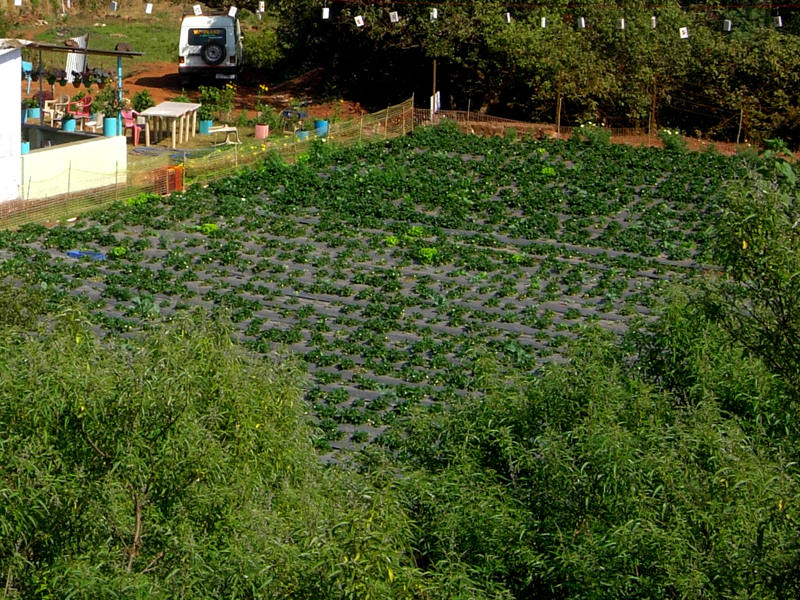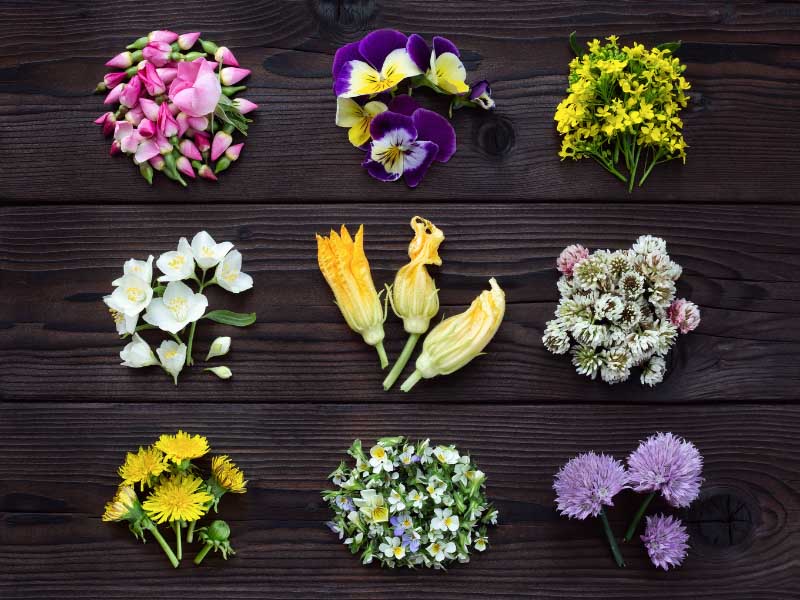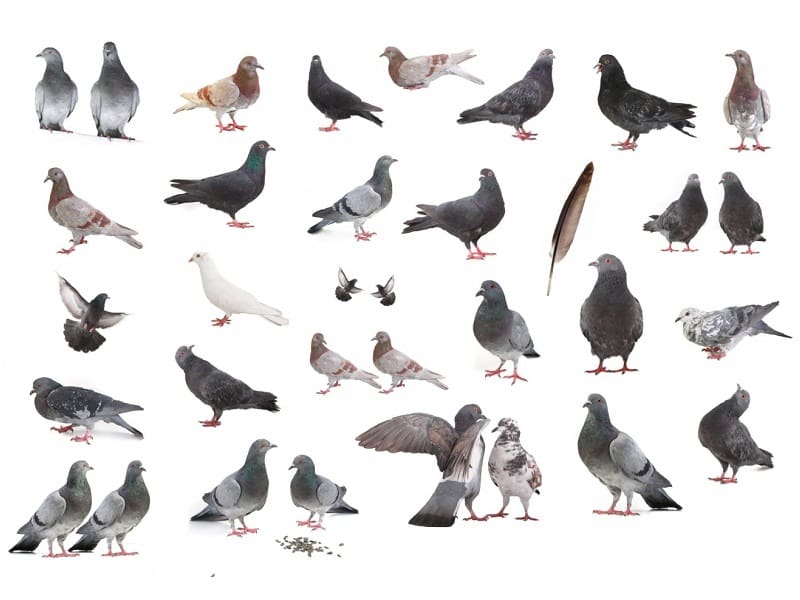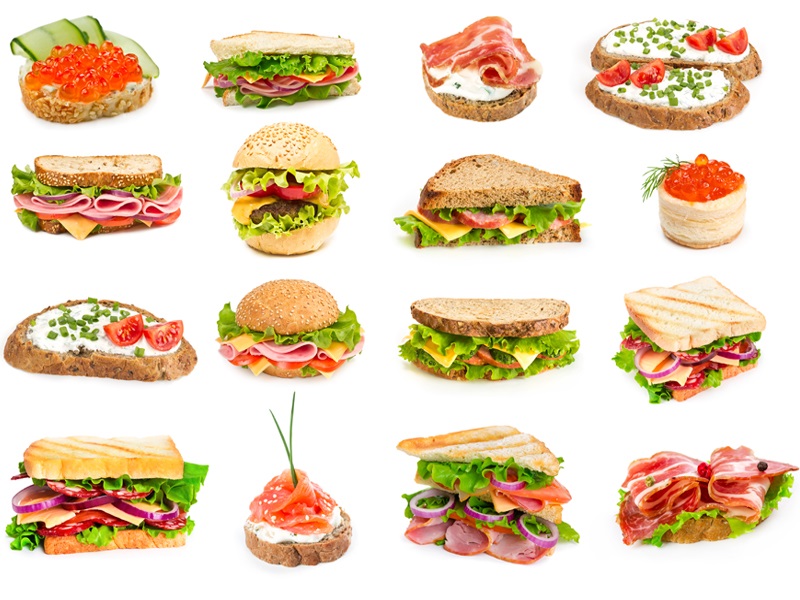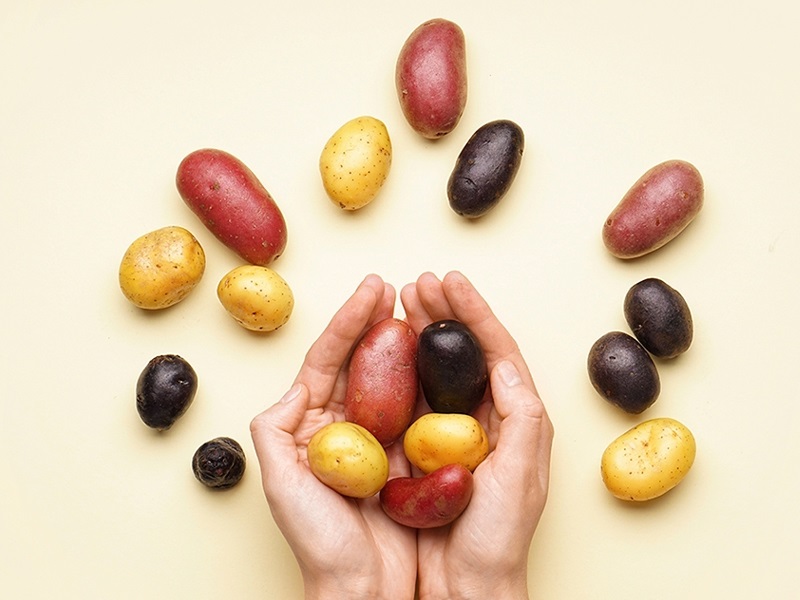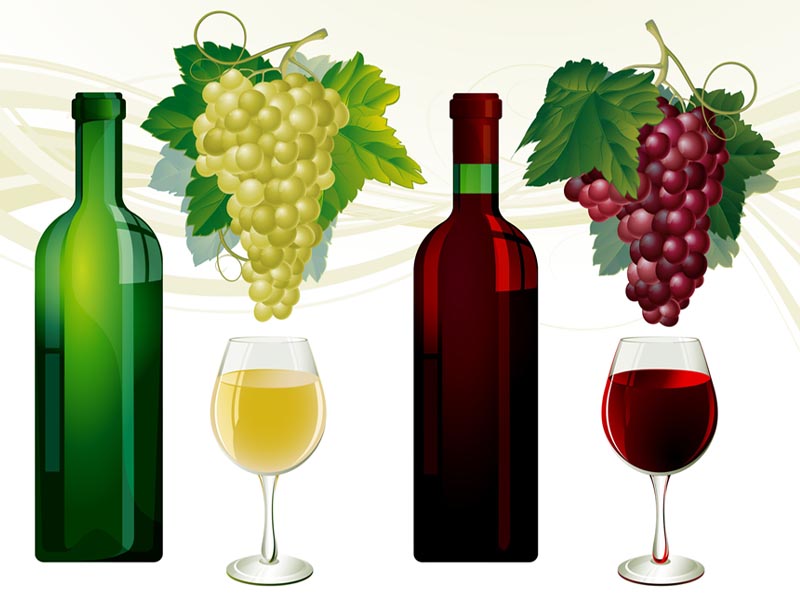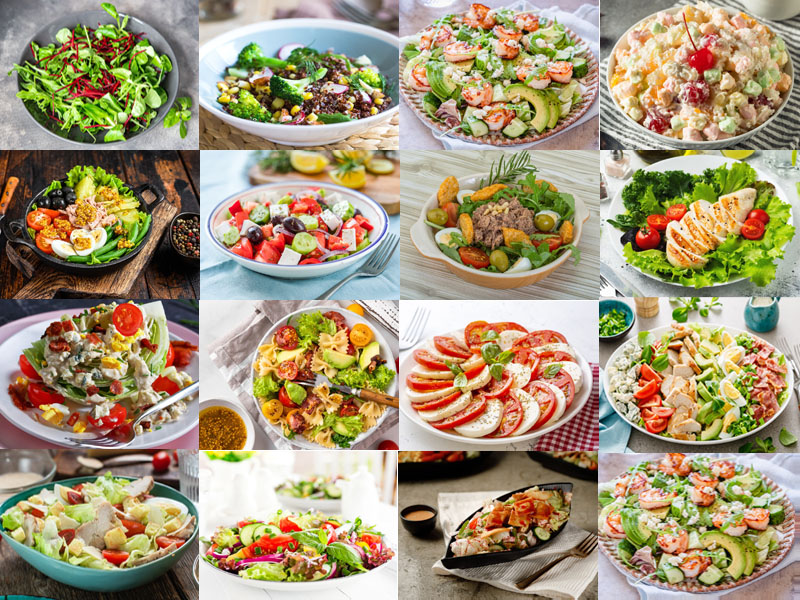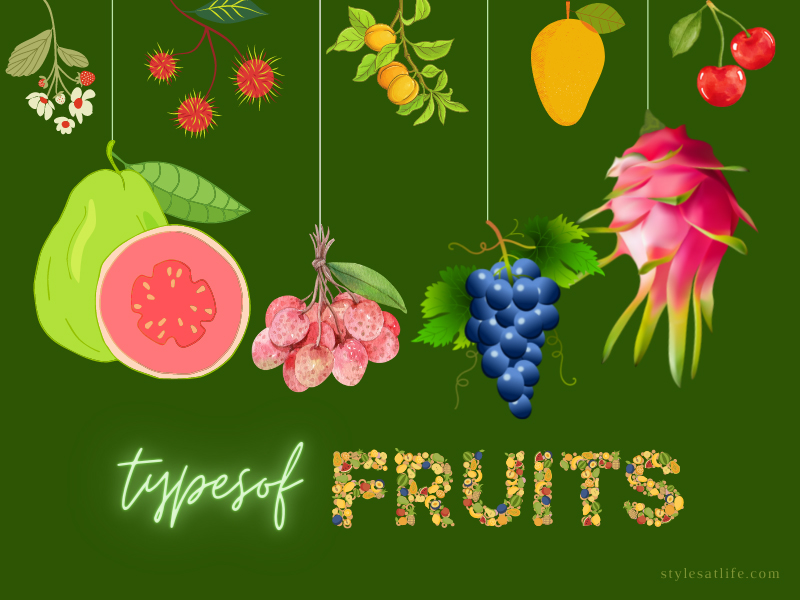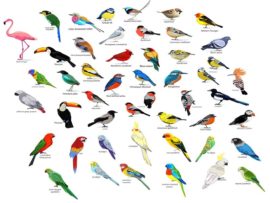In soups, stews, salads, and different savories in various cuisines, beans are indeed a versatile ingredient among several cultures. But did you know that there are multiple types of beans grown and present in different regions globally?! Yes, you heard us right. Beans indeed are among the most valuable and perfect ingredients to add flavor and aroma to several dishes. In addition, the different varieties of beans have their own sense of delicacy to add to the range of these gastronomical delicacies.
So let us go ahead and learn all about these kinds of beans around us and what perfect uses they can be put to!
All About Beans:
The beans belong to the order Fabales, and genus Phaseolus, in the species Vulgaris. Beans are annual plants grown in several regions globally and are consumed in several forms, such as dry, snap beans and shell beans. The beans come with high fiber content and proteins, folate, vitamins, and potassium iron, famous for their good healthy ingredients and nutrient profile. There are several types of beans in the world. Most we don’t even know. However, the list of the popular ones is given below.
See More: Different Kinds of Potatoes
15 Famous Different Types of Beans Varieties
Let us go ahead and explore all about the different types and kinds of beans worldwide. These are among the most popular beans with names and pictures present around us and are perfect for natural and healthy living.
1. Great Northern Beans:
The white-colored beans in medium size are the great northern beans, among the most popular in their variety. They appear with mild flavors and are great for bringing on stiffness and taste to different recipes. These beans are ideal for soups, stews, and similar recipes and are good potassium, calcium, and protein sources. The nutritional profile for great northern beans ¼ cup (dried) is 170 kcal energy, 11 grams of protein, 0.5 grams fat, 31 g carbohydrates, 10 grams fiber, 1g sugar, 89.8 mg of calcium, 710 mg potassium, and 5.1 mg sodium.
2. Cannellini Beans:
The Cannelini beans are often popular as the white kidney beans. They belong to the white beans family and are among the largest amongst them. The texture of cannellini beans is much dense and meatier. They also come with a crispy and mild flavor, without a solid sense of taste, and are ideal in salads, soups, and stews. The nutritional profile for Cannellini beans ½ cup cooked and salted is 100 kcal, 7 grams of protein, 0.5 g fat, 20grams carbohydrates, 6 grams fiber, 0 g sugar, 59.8 milligrams of calcium, 270 mg potassium, 260 mg sodium.
3. Fava Beans:
If you like fresh produce and the sense of flavor and taste from nature, there is nothing better than Fava beans types. They are a bitter-sweet kind of variety of beans and are perfect for recipes such as pasta, roast, sauce salads, soups, and braise. The cooking method for Fava beans also varies; they need good blanch first, and then continue with your type of cooking method. The nutritional profile for Fava beans 1 cup raw is 111 kcal, 10 g of protein, 0.92 grams fat, 22.2 grams carbohydrates, 9.45 g fiber, 11.6 grams of sugar, 46.6 milligrams of calcium, 163 milligram potassium, 31.5 milligrams sodium.
4. Lima Beans:
For those from Europe or around the corners, types of Lima beans are a popular variety in several recipes. The Lima beans are also called butter beans, which look small and green, just like seeds. These beans are much grainy in taste and have a creamy feel and texture to them. They are perfect for creamy feel recipes such as pasta and salads. One cup of cooked lima beans includes 229 kcal, 14.6 grams of protein, 0.69 grams of fat, 42.4-grams of carbohydrates, 14-gram fiber, zero sugar, 52.8 mg of calcium, 730 mg of potassium, and 5.46 mg of sodium.
5. Mung Beans:
Mung beans are already a pretty famous variety globally. They are the small green color beans available in several parts of the world. These soft feel-cooked beans are perfect for salads, fries, sautés, and soups. The mung beans, however, require good soaking before cooking. Thus, they are perfect for active lifestyles and require heavy doses of proteins, minerals, and folates. One cup-cooked mung bean has 187 kcal, 12.6 g of protein, 0.68 grams fat, 34.3 grams carbohydrates, 13.7 grams fiber, 3.58-gram sugar, 48.6 mg of calcium, and 477 mg potassium, 347 mg sodium.
6. Kidney Beans:
Kidney beans are among the most popular kind of beans in several countries. These types of kidney beans are reddish or even brown/blackish color beans with brighter texture, generally medium to large in size. The kidney beans are easy to cook and perfect to have in recipes such as salads, soups, stews, and curries. They are known for high levels of potassium and sodium. One cup of cooked kidney beans services with 215 kcal, 13.4 grams of protein, 1.54-gram fat, 37.1-gram carbohydrates, 11-gram fiber, 4.74-grams sugar, 87 milligrams of calcium, 607milligram potassium, and 758 milligram sodium.
7. Navy Beans:
Navy beans look much similar to the Great Northern beans, generally white, but are much smaller. They are very flimsy and don’t usually hold their shape once cooked or boiled. The types of navy beans make a perfect filling meal with a mild taste and creamy texture, ideal with rice recipes or salads and baking. One cup of cooked navy beans serves 296 kcal, 19.7 grams of protein, 1.13 grams of fat, 53.6-grams of carbohydrates, 13.4-gram fiber, 0.734-gram sugar, 123 milligrams of calcium, 755 mg potassium, 880-milligram sodium.
8. Pinto Beans:
Light brown color beans are among again the famous kinds of beans with versatile nature and recipes. These types of pinto beans come in a nutty and creamy feel and texture, ideal for making a range of dishes, right from soups to salads to curries and pasta. In addition, the Pinto beans are very high in folates and fibers and are an excellent addition for those who want a balanced diet. Half a cup of cooked pinto beans serves110 kcal, 6.01 g of protein, 0 g fat, 21-gram carbohydrates, 8.06-gram fiber, zero sugar, 62 milligrams of calcium, 289milligram potassium, 208-milligram sodium.
9. Black Beans:
As the name suggests, the black beans come in black shaded color, with a dry texture and similar mild flavor taste. These types of black beans are great for digestion, a healthy diet, and for those who have obesity and weight issues. In addition, iron, magnesium, and zinc are popular nutrients that one can get from black beans. Half a cup of these beans serves 120 kcal, 8 grams of protein, 1 gram of fat, 21 gram carbohydrates, 5.98 gram fiber, 40.3 mg of calcium, 360 mg potassium, and 350 mg sodium.
See More: Types of Nuts and Their Facts
10. Chickpeas:
Also, among a wide variety of beans, the chickpeas are much firmer and, dense, thick than black or pinto beans. They are popular beans for salads or hummus, or even tasty snacks. These chickpeas beans deliver high protein levels, folate, fiber, and phosphorus, ideal for diabetes and weight concerns. Half a cup of chickpeas serves 160 kcal, 10 grams of protein, 2 gram fat, 26 gram carbohydrates, 5 gram fiber, 1 gram of sugar, 80 mg of calcium, 310 mg potassium, and 290 mg sodium.
11. Soybeans:
Soybeans are something that can vary in its forms in different kinds. Right from tofu to soy milk to the bean variety, they are pretty famous for their soft and chewy feel and heavy protein intake. The soybeans also help to balance and aid in hormones in the body, especially for women. These are perfect to go with pasta and tossed salads. One cup of soybeans serves 296 kcal, 31.3 grams of protein, 15.4-gram fat, 14.4 gram of carbohydrates, 10.3 grams fiber, 5.16 grams of sugar, 175 mg of calcium, 886 mg of potassium, and 1.72 mg of sodium.
12. Black Eyed Peas:
The black-eyed peas are a perfect amalgam of heavy doses of potassium, fibre, and iron contents. These bean types are suitable for salads, given their soft yet firm texture and dense earthy taste. One serving of ¼ cup has the goodness of 170 kcal, 12 grams of protein, 0.5-gram fat, 30-gram carbohydrates, 5-gram fiber, 3 grams of sugar, 55 mg of calcium, 560 mg potassium, and 10 mg sodium.
13. Adzuki Beans:
The Adzuki resembles the variety among types of red beans. However, they are different. These beans are a sweeter version with a nutty and mild flavor, perfect for baking qualities and recipes. They also go well for sweet tastier salads when combined with sweet potatoes and mushrooms. ¼ cup of these beans serves 162 kcal, 9.78 gram of protein, 0.26 grams of fat, 31-gram carbohydrates, 6.25-gram fiber, 2-gram sugar, 32.5 mg of calcium, 617.5 mg of potassium, 2.46 mg sodium.
14. Cranberry Beans:
The name cranberry beans might seem entirely unfamiliar. However, they are often called so because of their look and colors. These beans have a pinkish feel and appearance, with a flavorful and creamy texture. The cranberry beans are perfect for soups and salads and are loaded with proteins, iron, minerals, vitamins, and fiber content.
See More: Types of Farming Methods
15. Fayot Beans:
These are among smaller size beans that appear tender, very smooth, and creamy. The Fayot beans may be around greenish to ivory white color and are popular ingredients for French and Italian recipes such as soups, appetizers, and salads. ¼ cup raw Fayot beans serve 80 kcal, 10 gram protein, 0.5-gram fat, 34 gm carbohydrates, 22-gram fiber, 1.0 gm sugar, 59.8 mg calcium, 800 mg potassium, and 0 mg sodium.
We hope you learned something new today. These types and kinds of bean varieties are indeed unknown to several amongst us. However, these beans types are packed with flavors, proteins, healthy nutrients, and more. So, try them out, and you can see them yourself!
Disclaimer:
This is exclusively a guide about types of beans for informative purposes only. The opinions and overview in this article are provided from various sources across the web. The author does not guarantee or promise any accuracy of the facts provided in this article.


